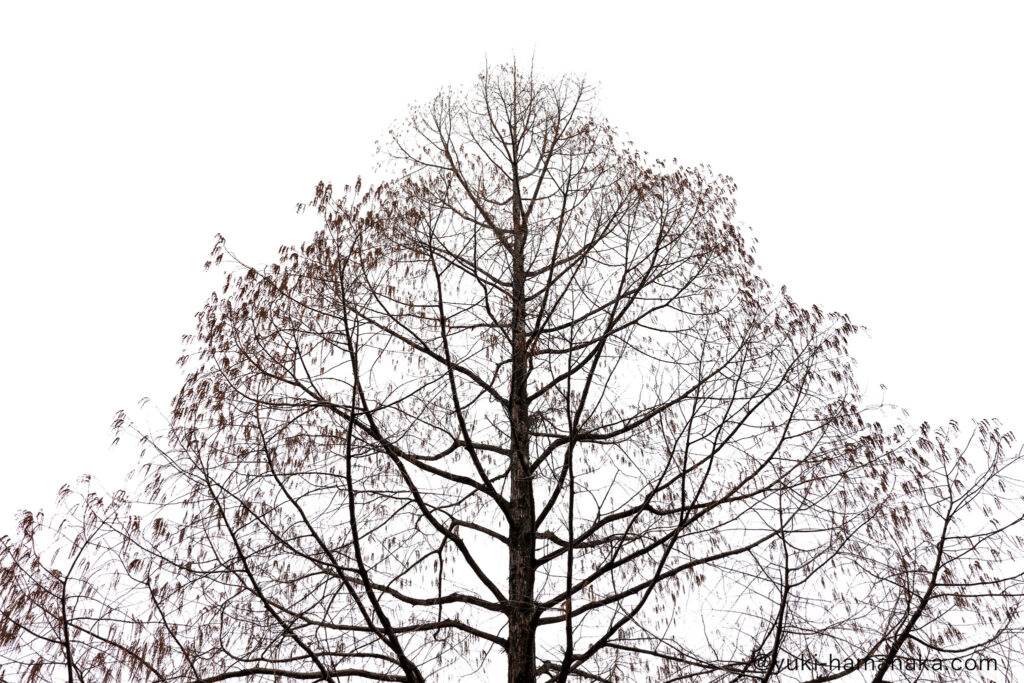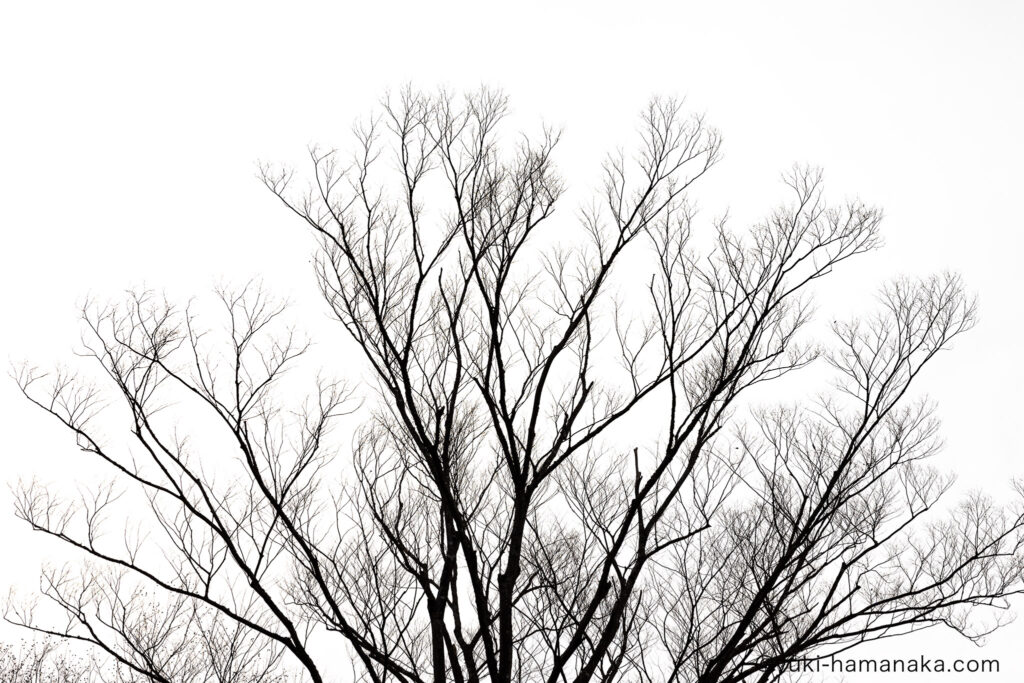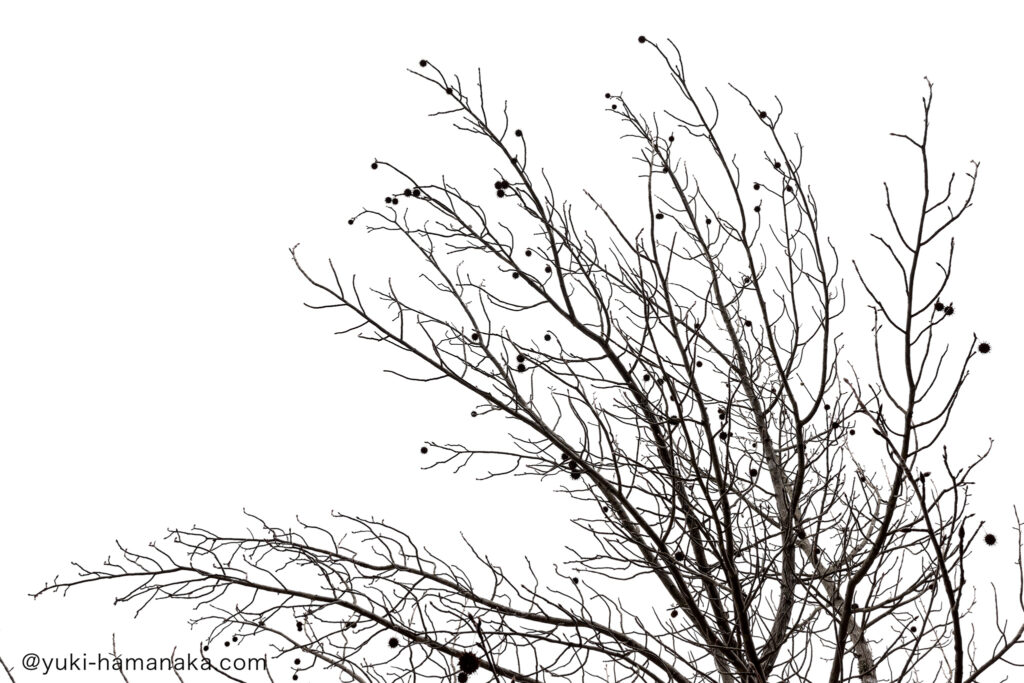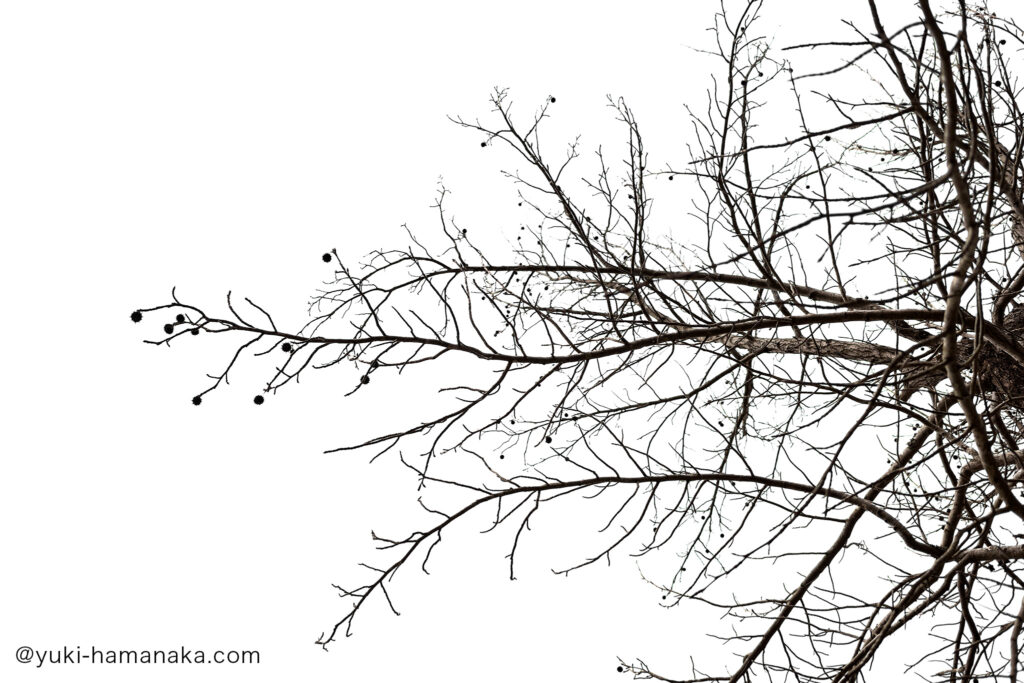発表:2022年
日本では、植林された樹木の剪定は、自然との共存と繁栄の手段として定着しています。
私は、剪定された樹木から日本の美学を視覚化できると思いました。
美的感覚を表現するために日本画や水墨画などの典型的な日本美術で使用されている余白を考慮したアプローチを選択しました。
本作品では、日本の各都市で剪定を通した共存共栄の関係にある樹木を被写体としています。
The subject is pruned trees planted in various cities in Japan.
In Japan, the pruning of planted trees has taken root as a means of coexistence and prosperity with nature.
I thought it was possible to visualize Japanese aesthetics from pruned trees.
To achieve an aesthetic sensation, we chose the margin-aware approach used in typical Japanese art, such as Japanese painting and ink painting.
In this work, the subjects are trees that have a relationship of coexistence and co-prosperity through pruning in each city in Japan.
京都市 / Kyoto
京都府南部の市。府庁所在地。指定都市。国際文化観光都市に指定され、古都保存法の適用を受けている。
延暦13年(794)に桓武(かんむ)天皇が遷都(せんと)して平安京と称した。以来、明治維新まで千年以上にわたって日本の首都。
京都御所・二条城・清水(きよみず)寺など、史跡・社寺が多く、西陣織・友禅染・清水焼などの伝統的工芸品を産する。
歴史的な年中行事も多い。
A city in the southern part of Kyoto Prefecture. Government office location. Designated city.
It is designated as an international cultural tourism city and is subject to the Ancient City Preservation Law.
In the 13th year of the Enryaku calendar (794), Emperor Kanmu relocated to the capital and called it Heiankyo.
Since then, it has been the capital of Japan for over a thousand years until the Meiji Restoration.
There are many historic sites and shrines and temples such as Kyoto Imperial Palace, Nijo Castle, and Kiyomizu Temple, and it produces traditional crafts such as Nishijin-ori, Yuzen dyeing, and Kiyomizu ware.
There are also many historical annual events.
引用元:コトバンク https://kotobank.jp/
翻訳:Google翻訳
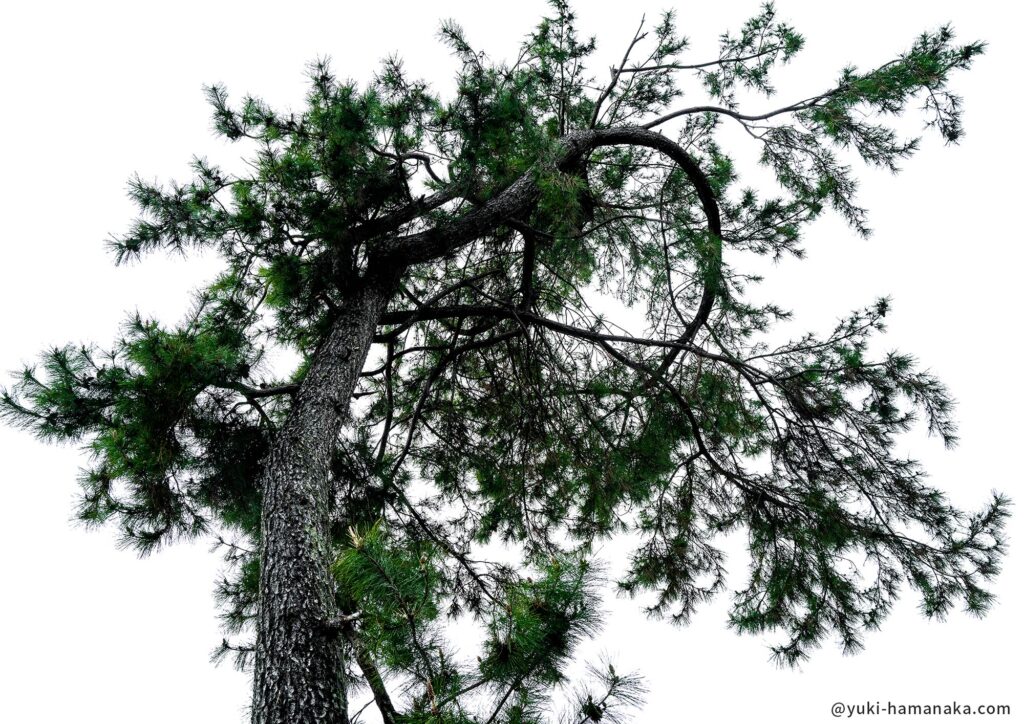
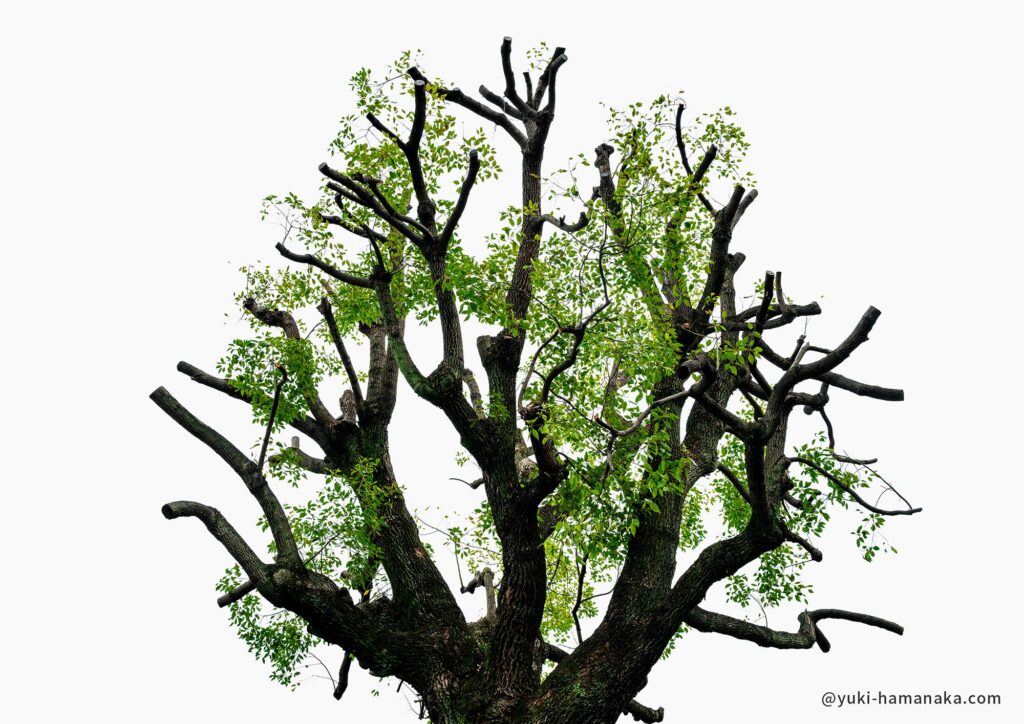
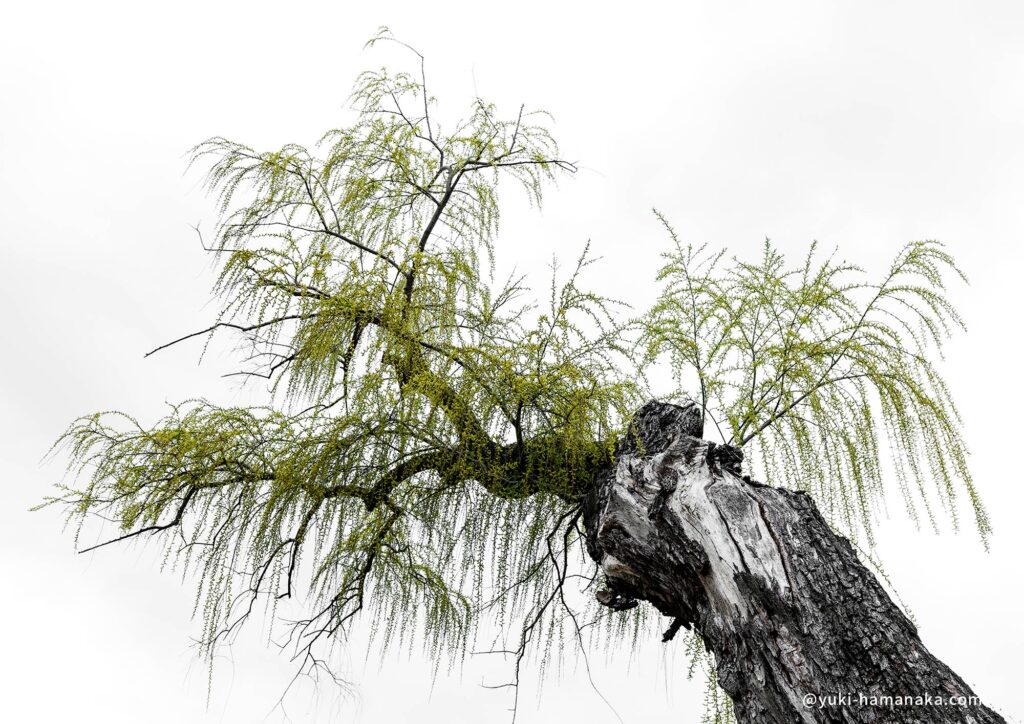
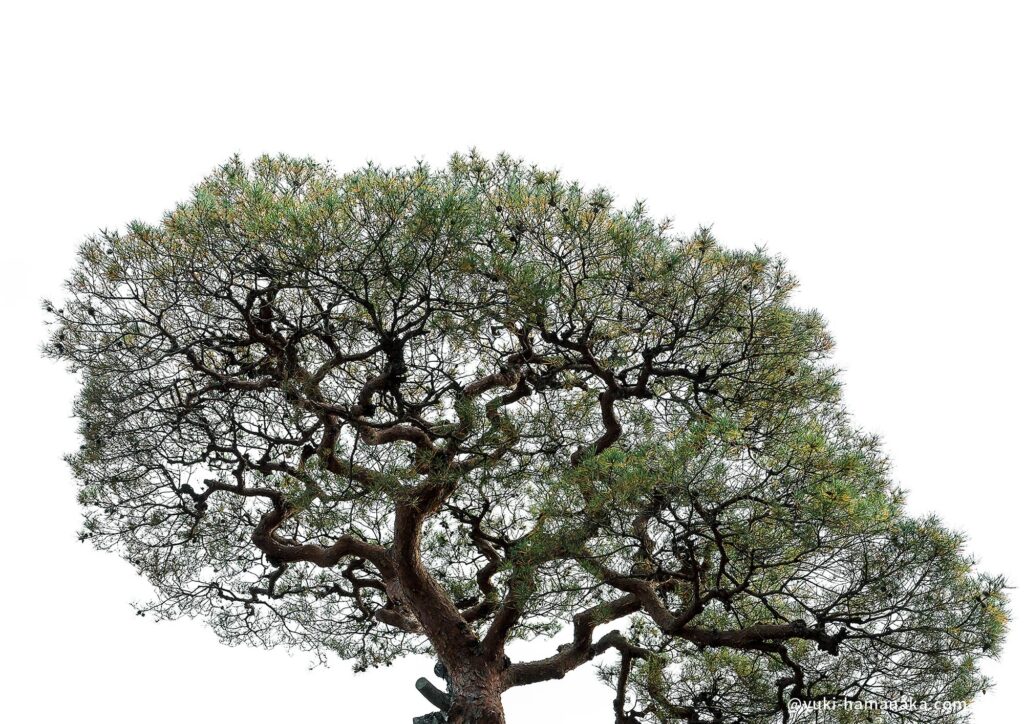
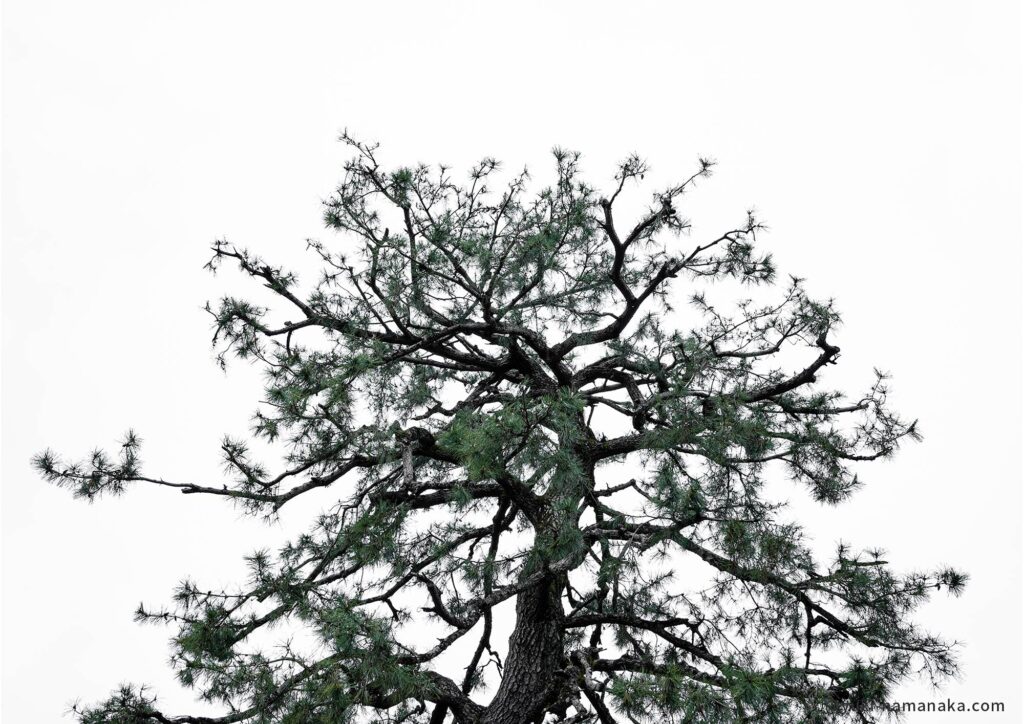
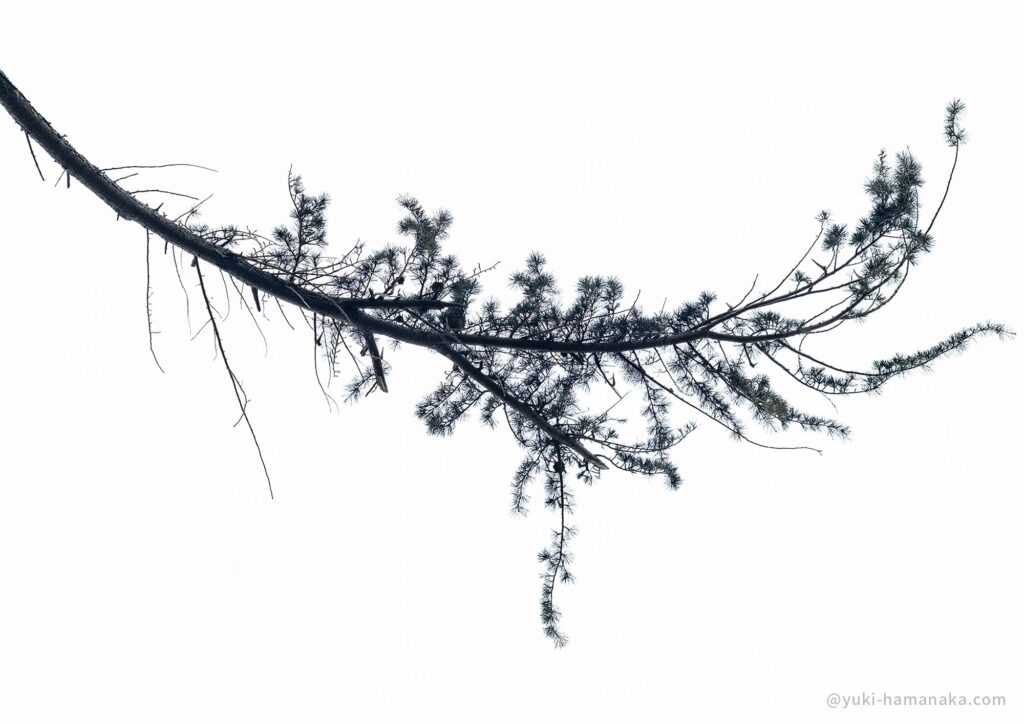
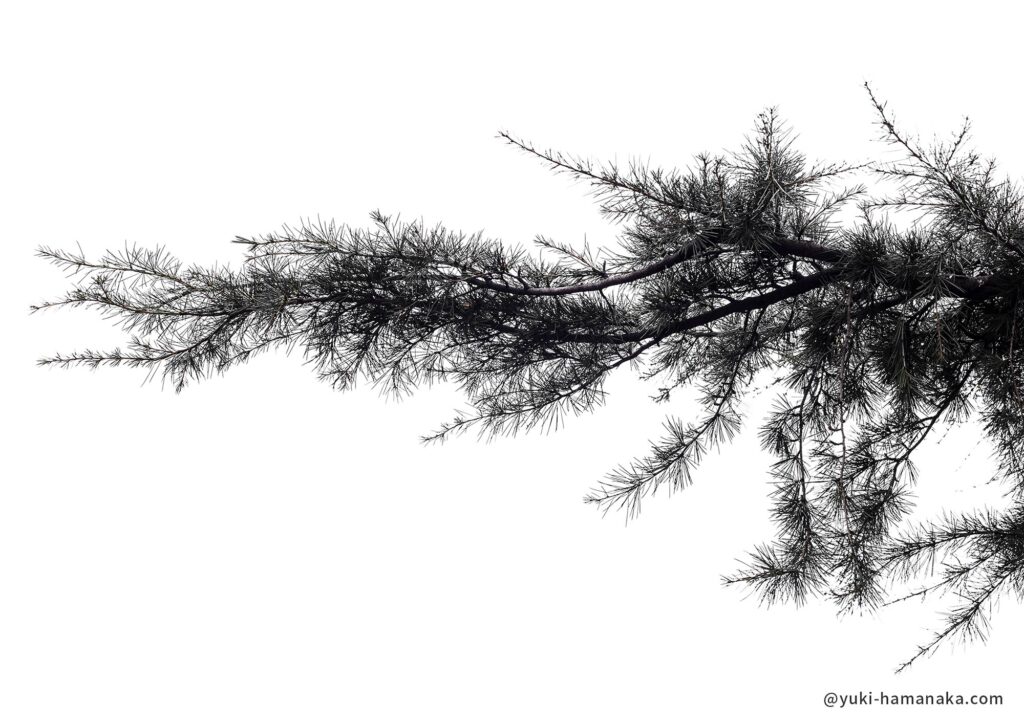
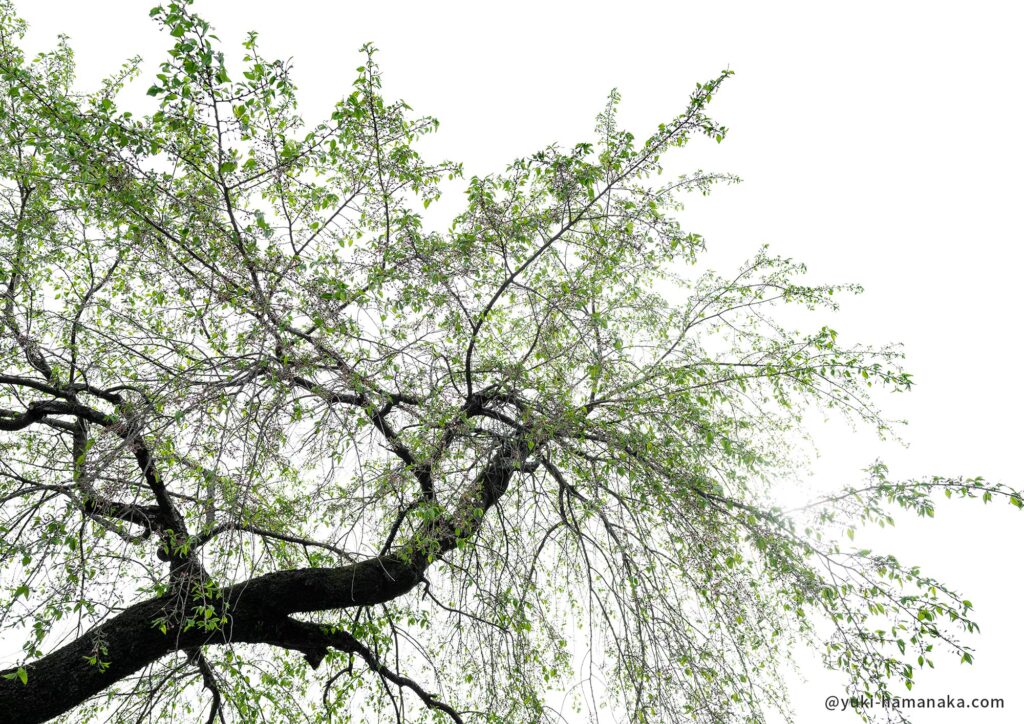

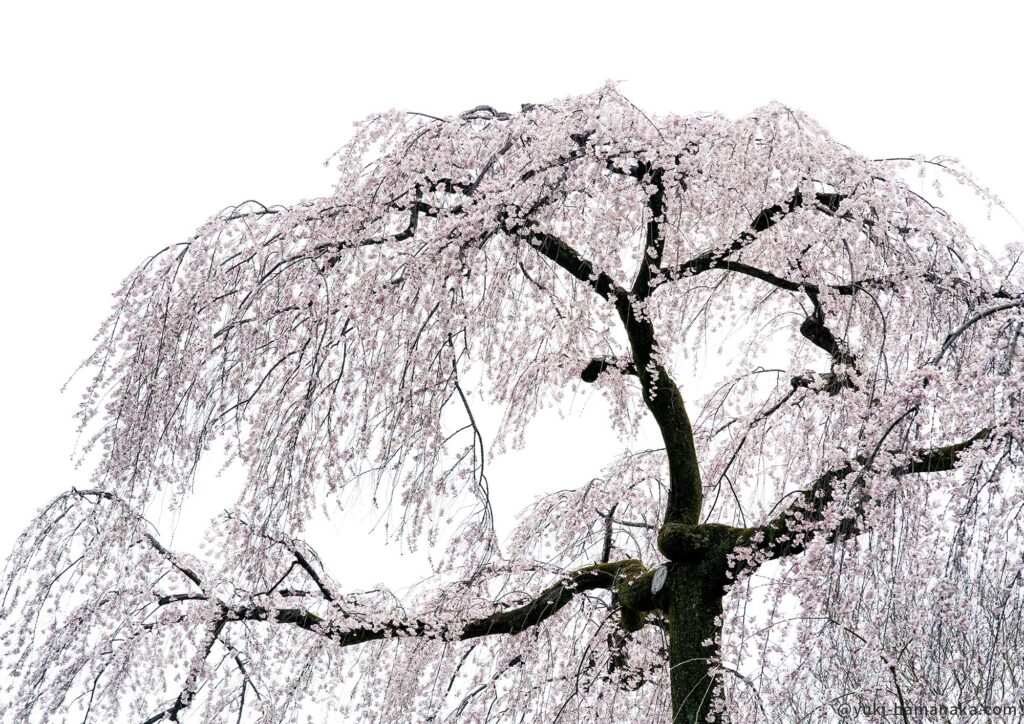
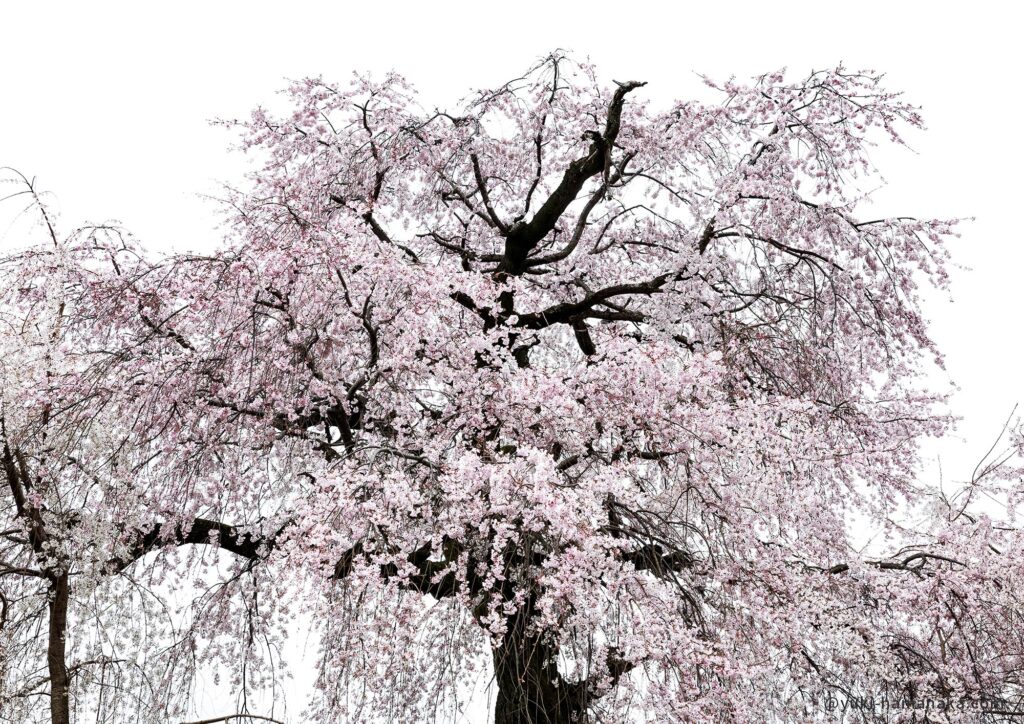
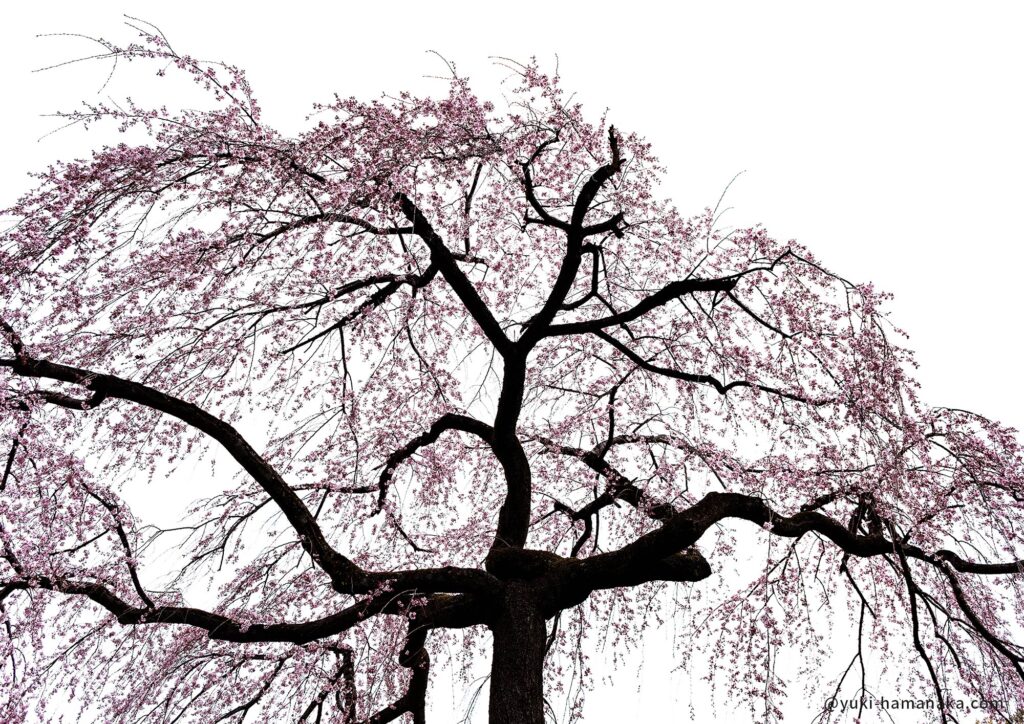
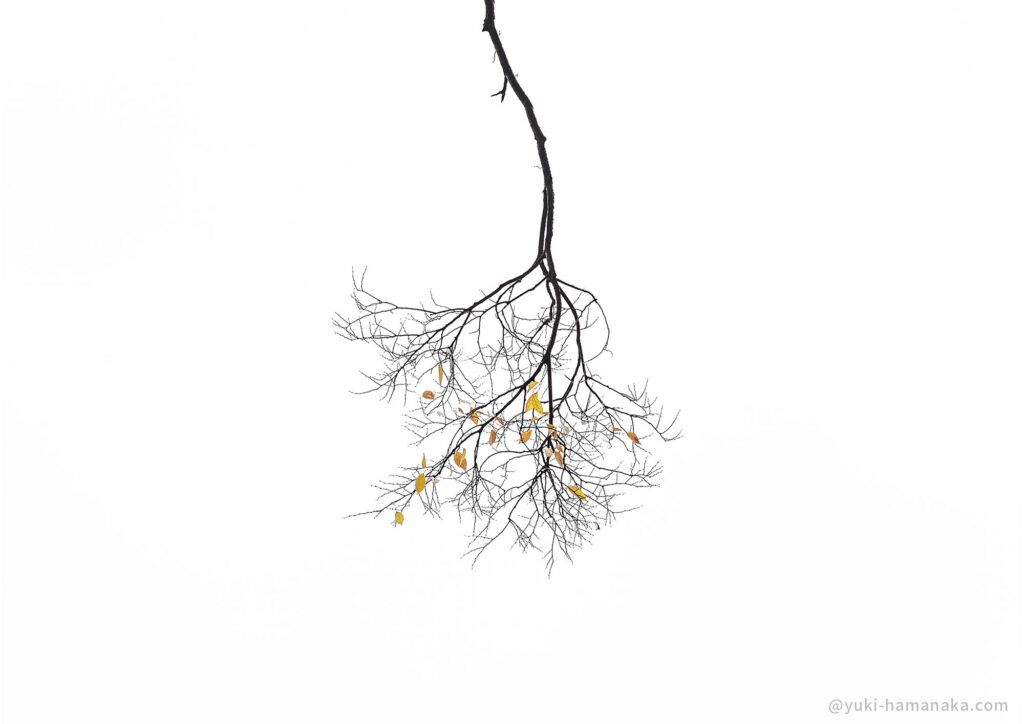
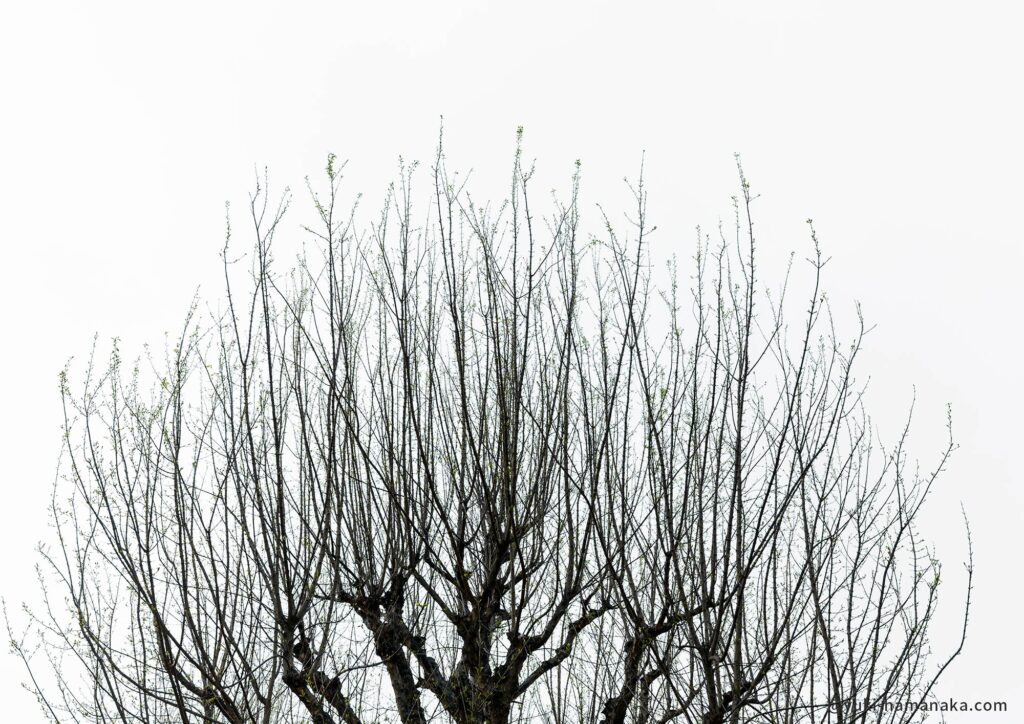

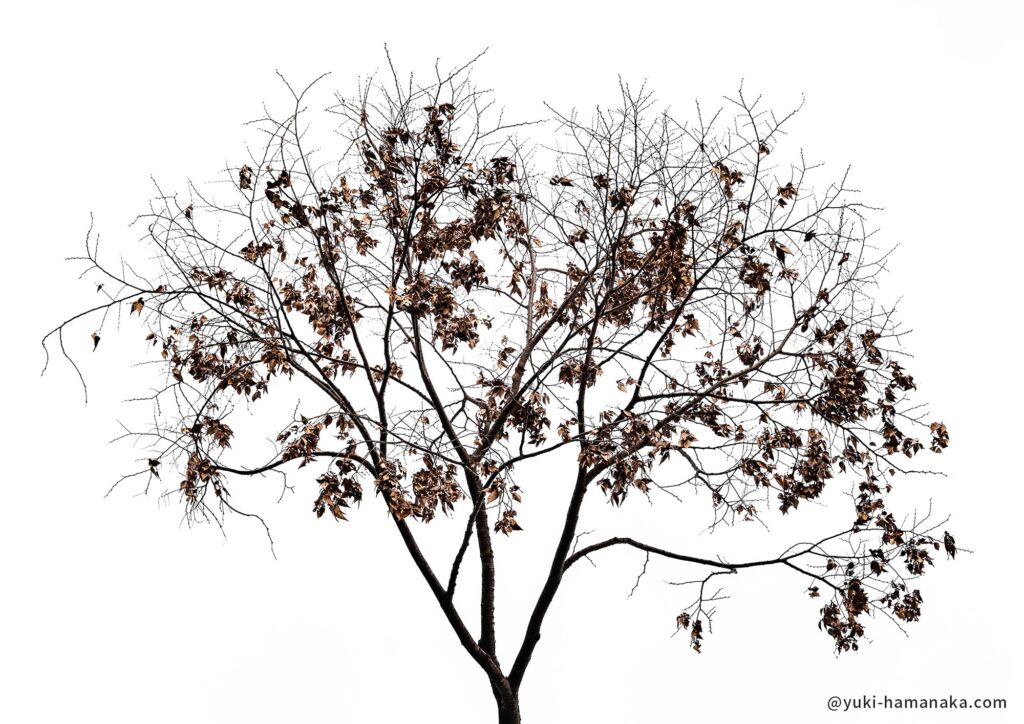
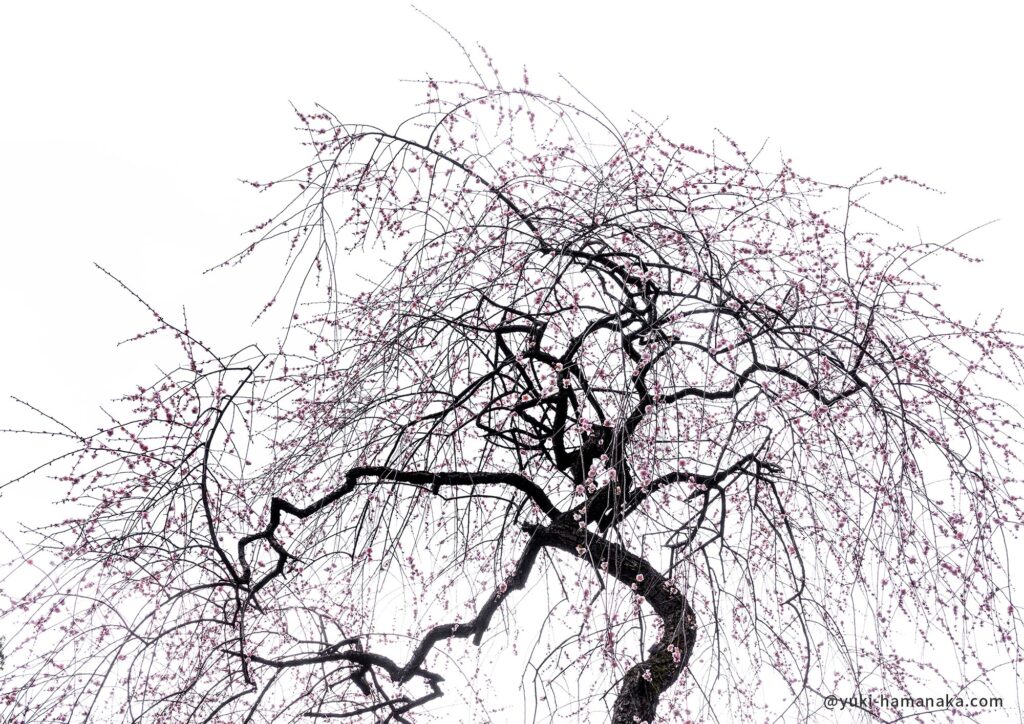
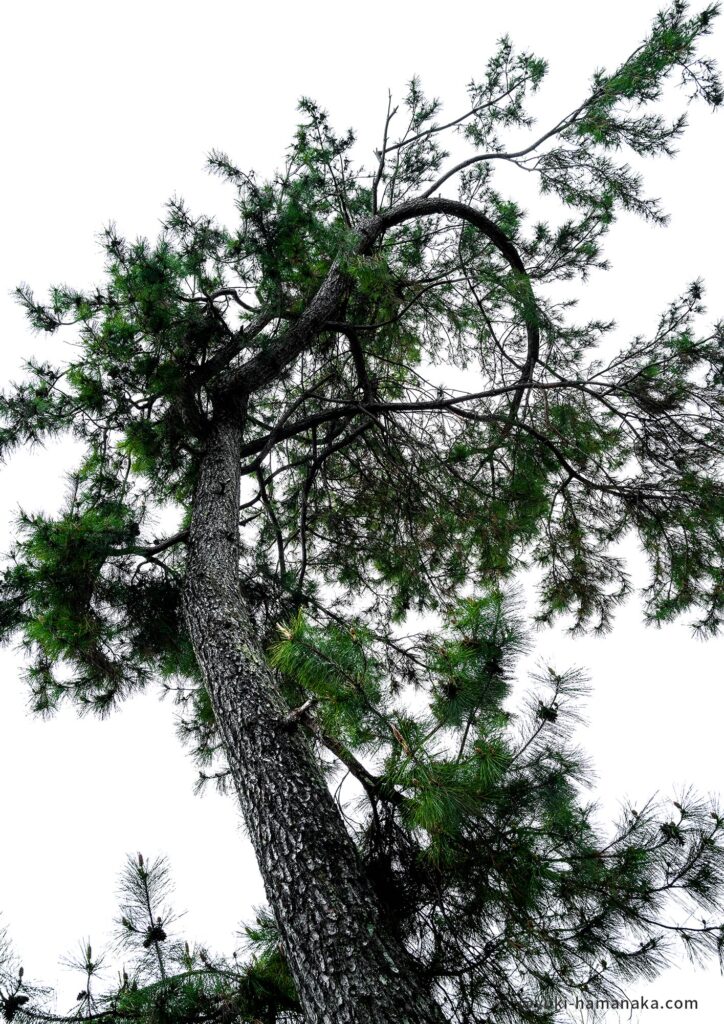
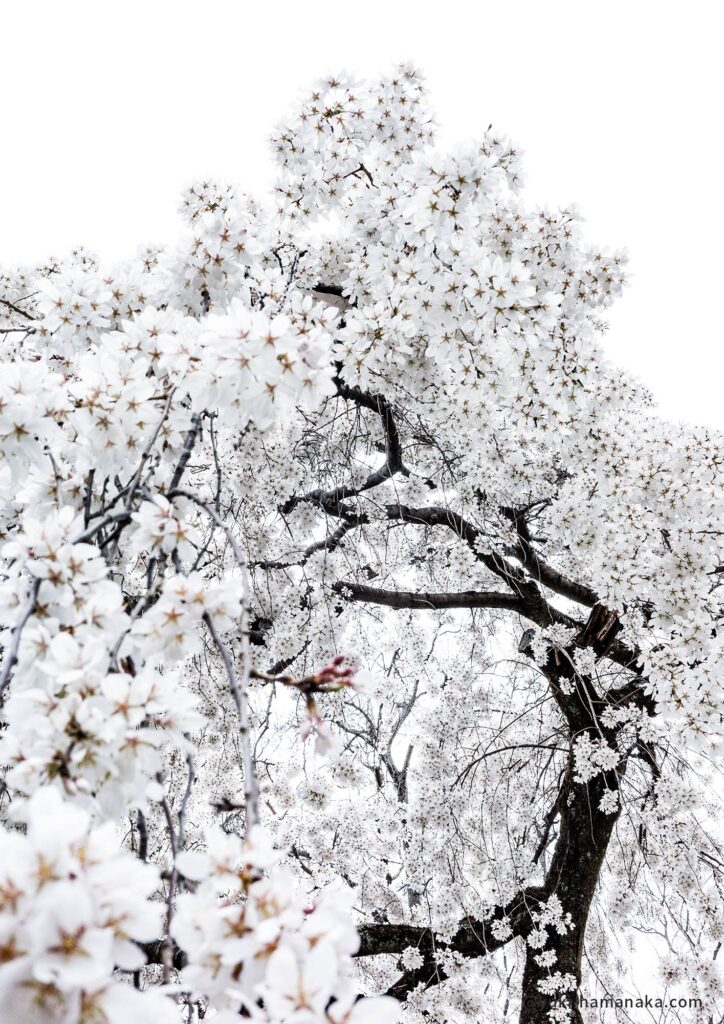
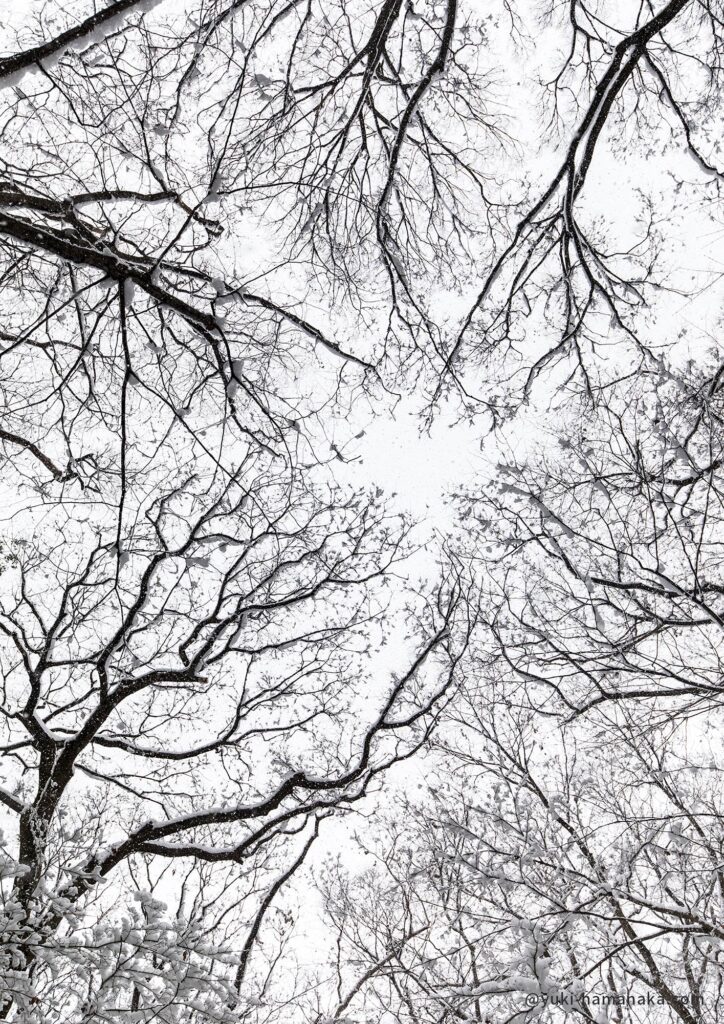
東京都 / Tokyo
日本の首都。本州のほぼ中央,関東地方の南西部に位置する。
長禄1 (1457) 年太田道灌が江戸城を築城,天正 18 (1590) 年徳川家康が入府してから急速に発展。
江戸時代を通じて日本における武家政治の中心地となった。
明治1 (1868) 年新政府が成立し,2年の明治天皇の再度の東京入り以後首都としての実をそなえはじめた。
現在は世界最大級の人口をもち,ニューヨーク,ロンドン,パリ,シャンハイ (上海) などと並ぶ国際的大都市に成長している。
中央の諸官庁をはじめとする行政機関や金融機関,大企業の本社などが集中。新聞,放送,出版などの文化面,大学,研究機関などの教育・学術面でも日本の中枢をなしている。
The capital of Japan. It is located in the southwestern part of the Kanto region, almost in the center of Honshu.
Choroku 1 (1457) Ota Dokan built Edo Castle, and Tensho 18 (1590) Tokugawa Ieyasu entered the prefecture, and it developed rapidly and became the center of samurai politics in Japan throughout the Edo period. The new government was established in 1868, and after the Emperor Meiji entered Tokyo again in 2 years, it began to bear fruit as the capital.
Currently, it has one of the largest populations in the world and has grown into an international metropolis along with New York, London, Paris, and Shanghai (Shanghai). Central government agencies and other government agencies, financial institutions, and head offices of large corporations are concentrated. Cultural aspects such as newspapers, broadcasting, publishing, universities, research institutes, etc.
It is also the center of Japan in terms of education and scholarship.
引用元:コトバンク https://kotobank.jp/
翻訳:Google翻訳
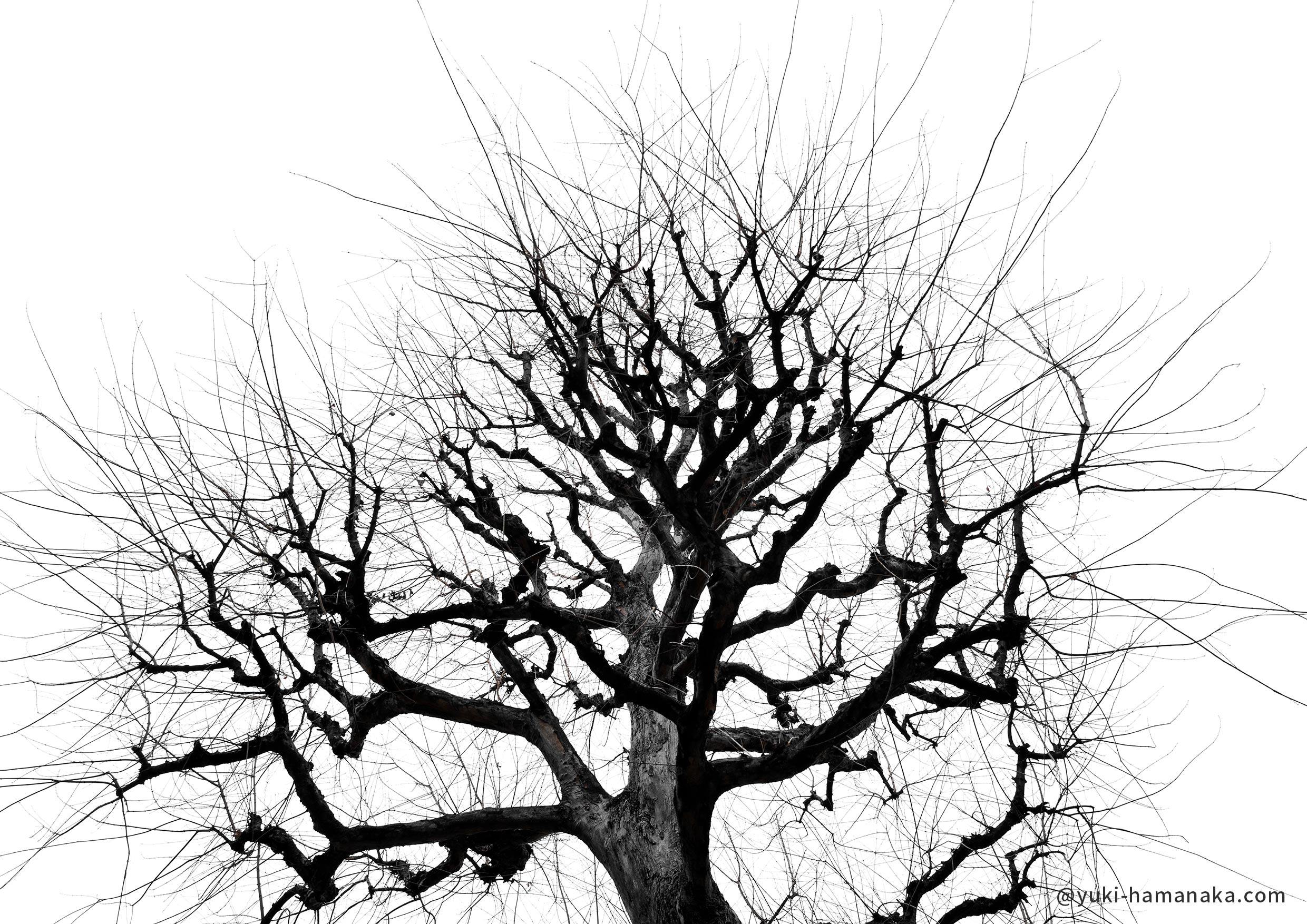
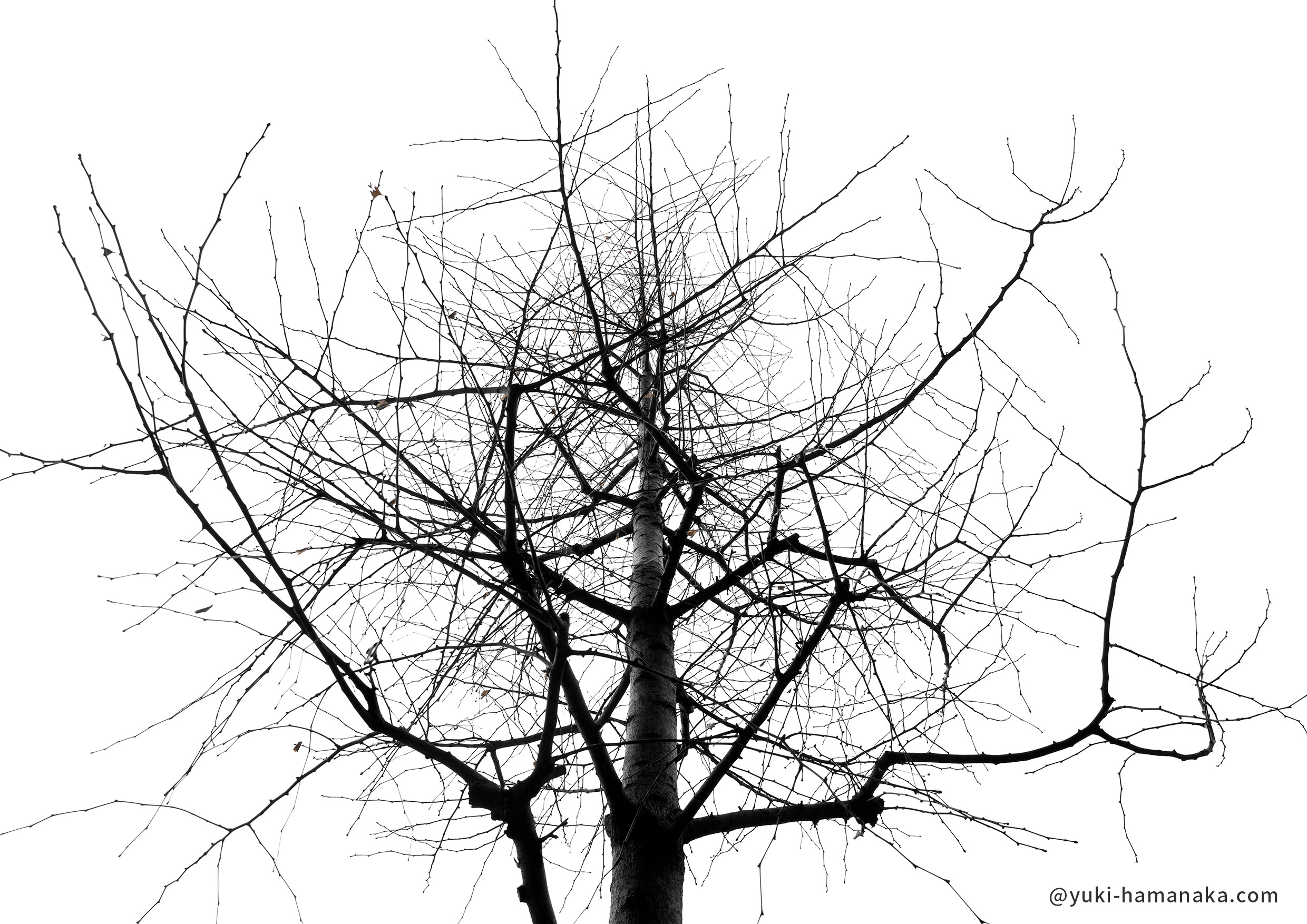
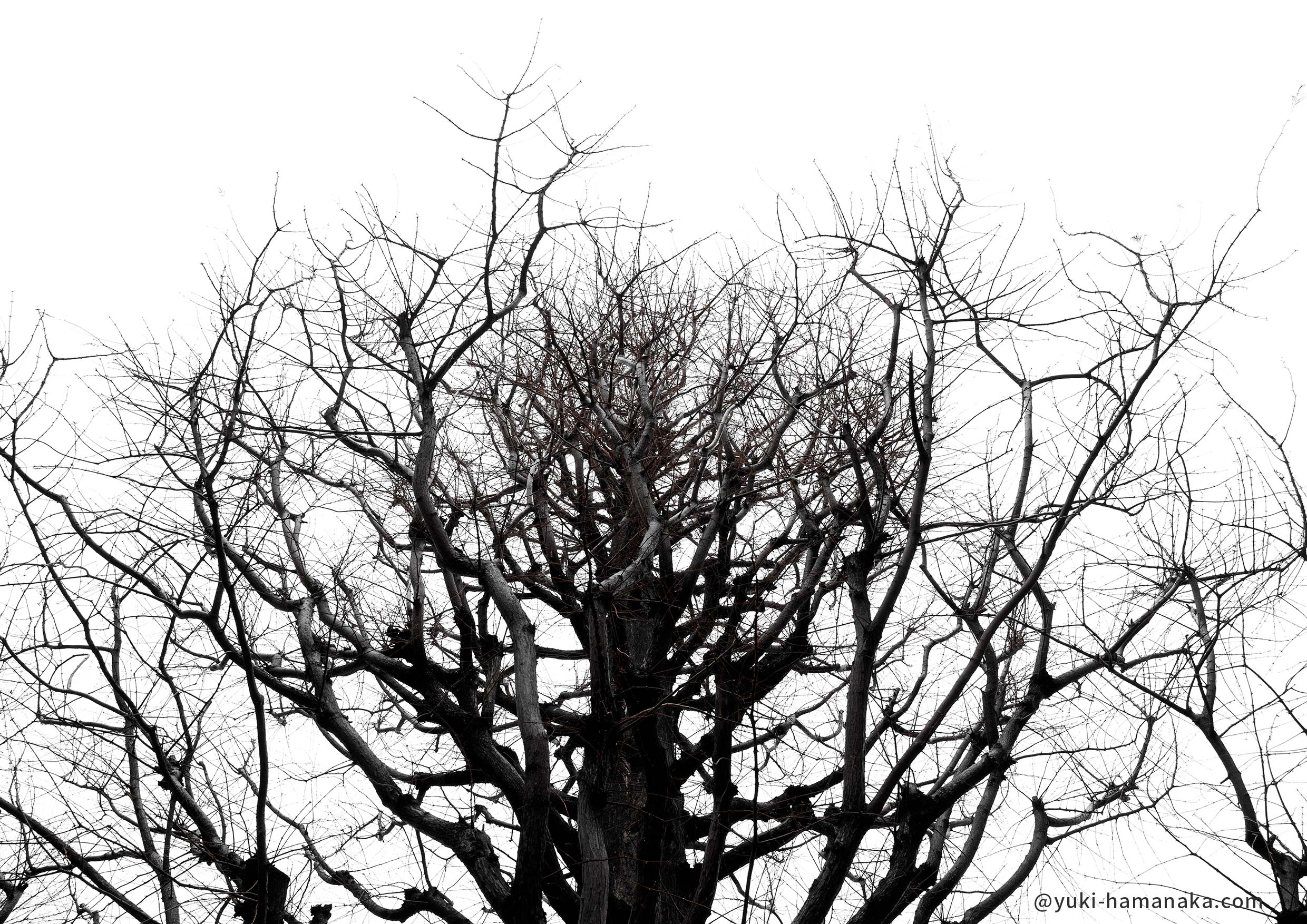
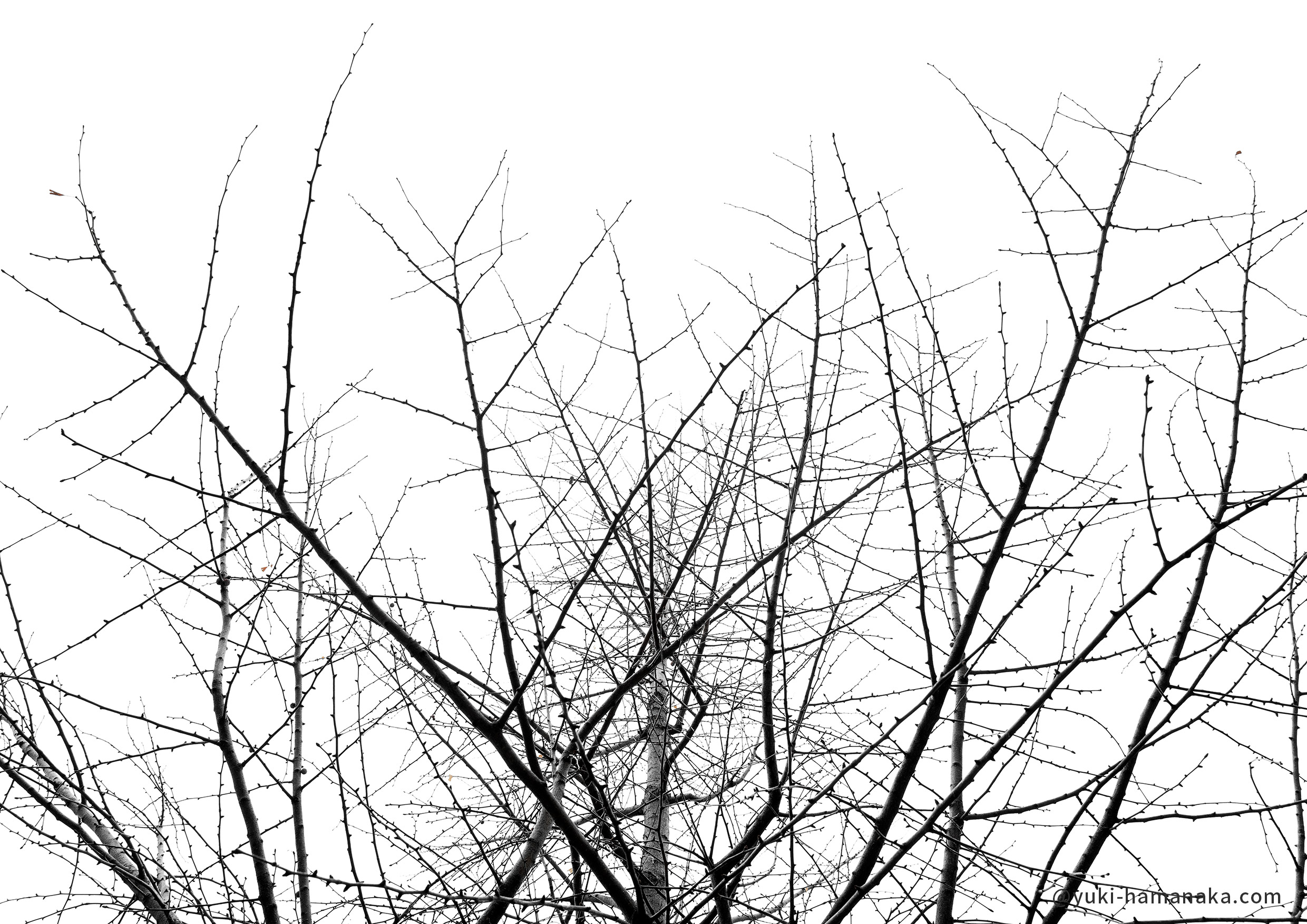
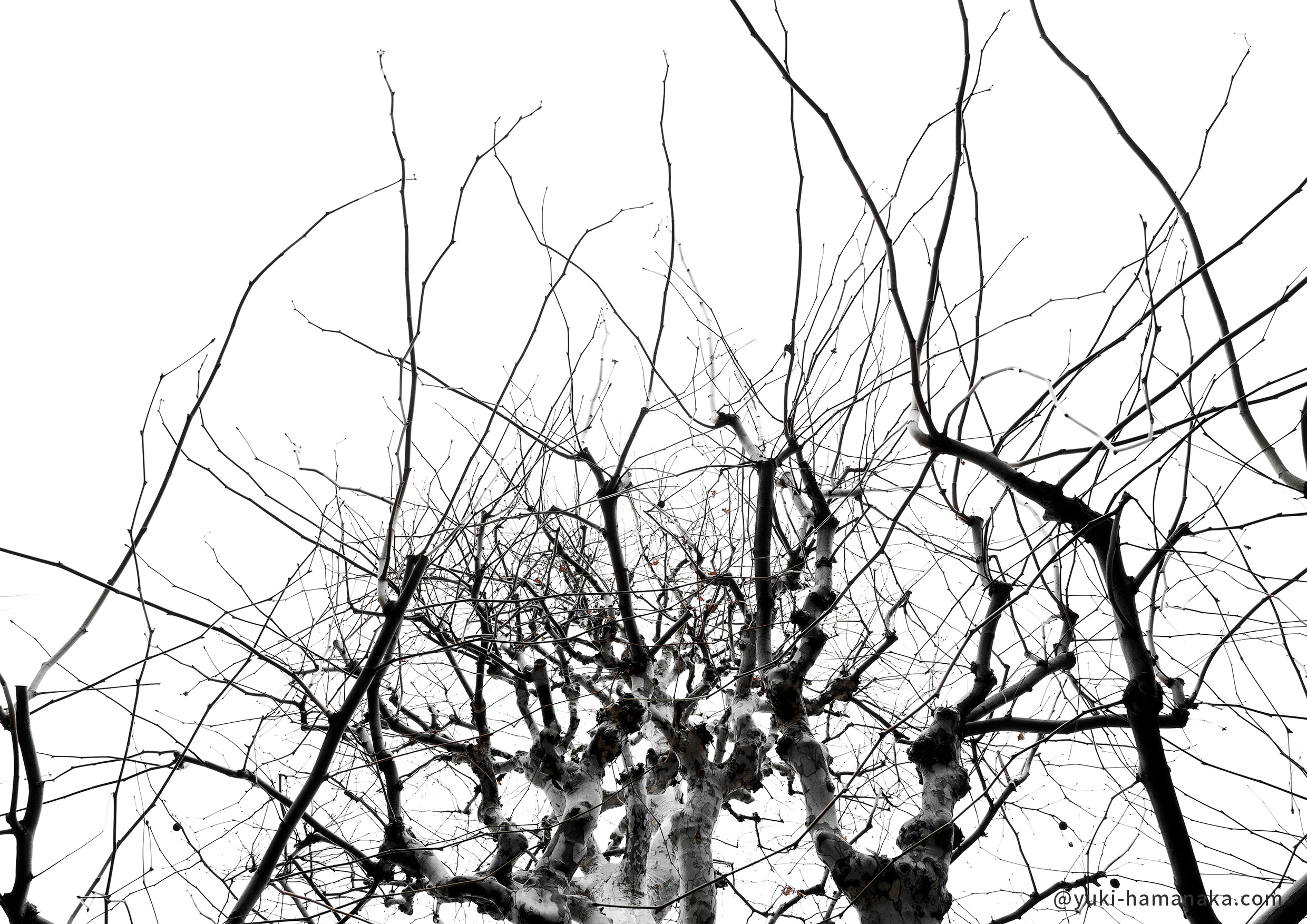

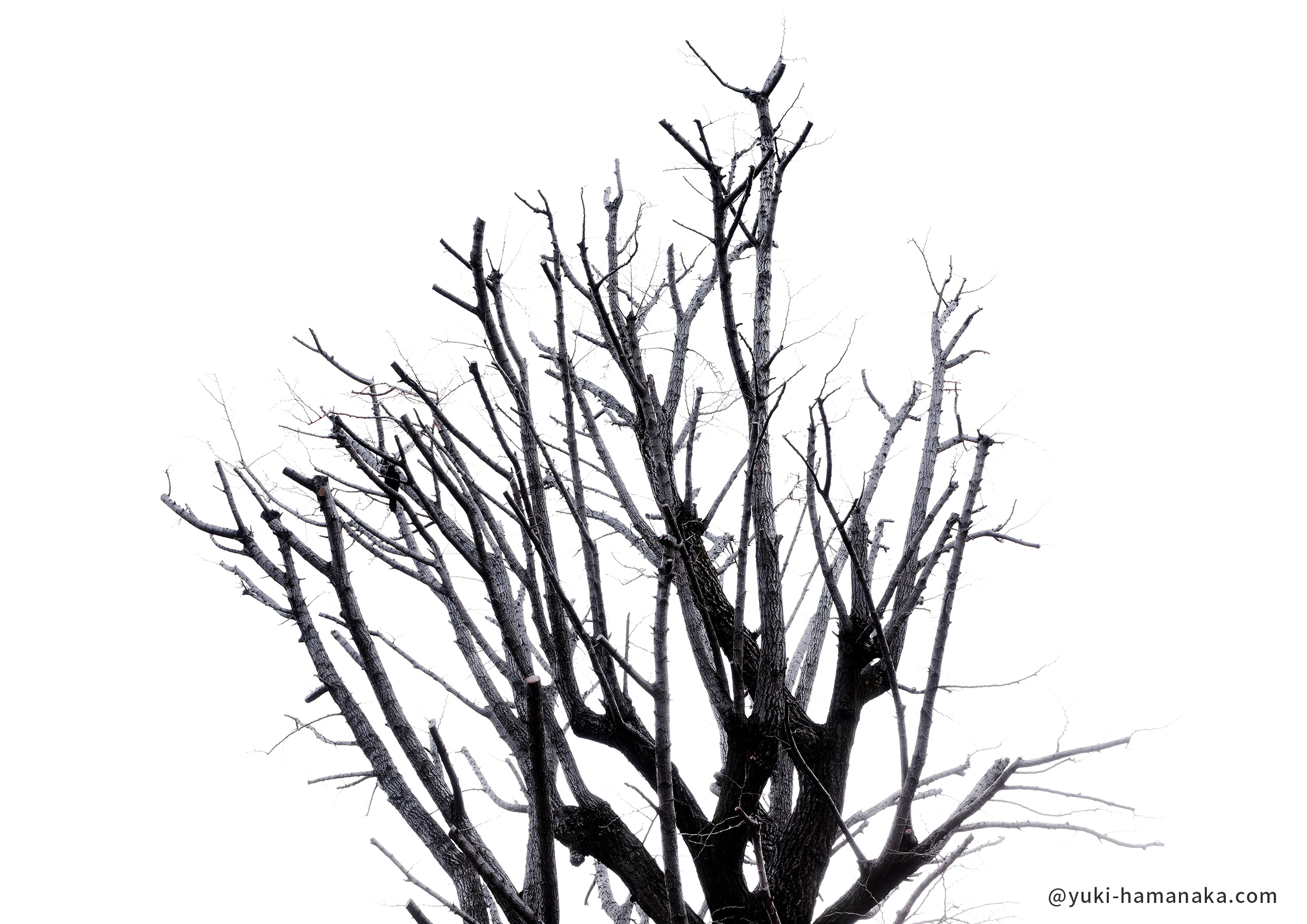
鎌倉市 / Kamakura
日本初の武家政権「鎌倉幕府」の誕生により国の中心になった鎌倉では、平安時代から続く京都や奈良の貴族文化や、中国の宋・元の文化に、質実剛健を旨とする武家の精神性や、庶民文化が融合して、独自の「武家文化」が形作られました。
自然、宗教面でも変革が起こり、鎌倉時代には「鎌倉五山(建長寺、円覚寺、寿福寺、浄智寺、浄妙寺)」を始めとして、多くの寺院が開かれました。
武家政権の誕生を契機に、京都とも奈良とも異なる鎌倉ならではのユニークな文化が作られていった。
In Kamakura, which became the center of the country with the birth of Japan’s first samurai government, the Kamakura Shogunate, the samurai culture, which has continued since the Heian period, is based on the aristocratic culture of Kyoto and Nara, and the Song and original culture of China. Spirituality and common people’s culture were fused to form a unique “samurai culture”.
Changes have also taken place in terms of nature and religion, and during the Kamakura period, many temples were opened, including the Kamakura Gozan (Kenchoji, Enkakuji, Jufukuji, Jochiji, and Jomyoji).
With the birth of the samurai government, a unique culture unique to Kamakura, which is different from Kyoto and Nara, was created.
引用元:鎌倉市観光協会 https://www.trip-kamakura.com/
翻訳:Google翻訳
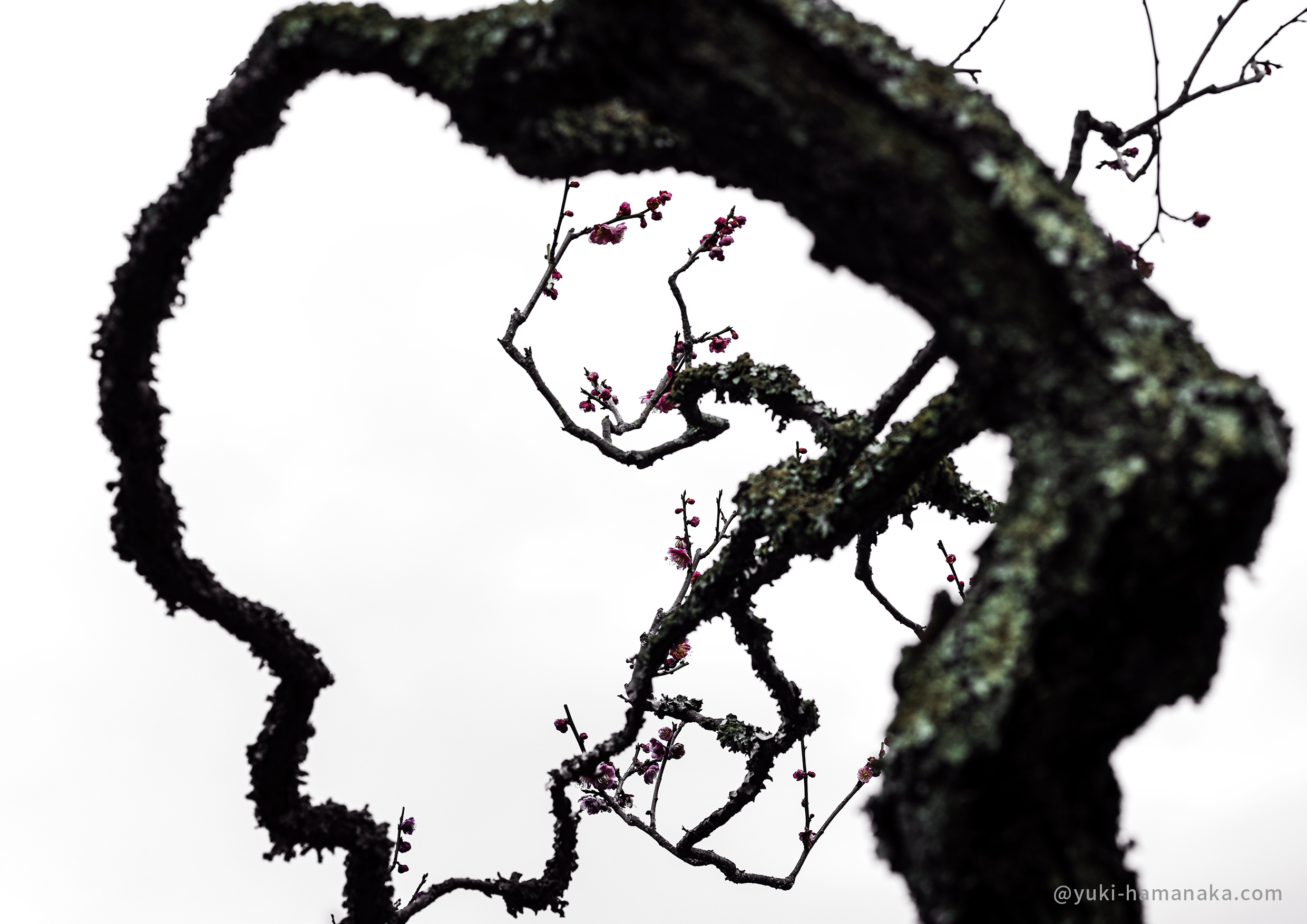
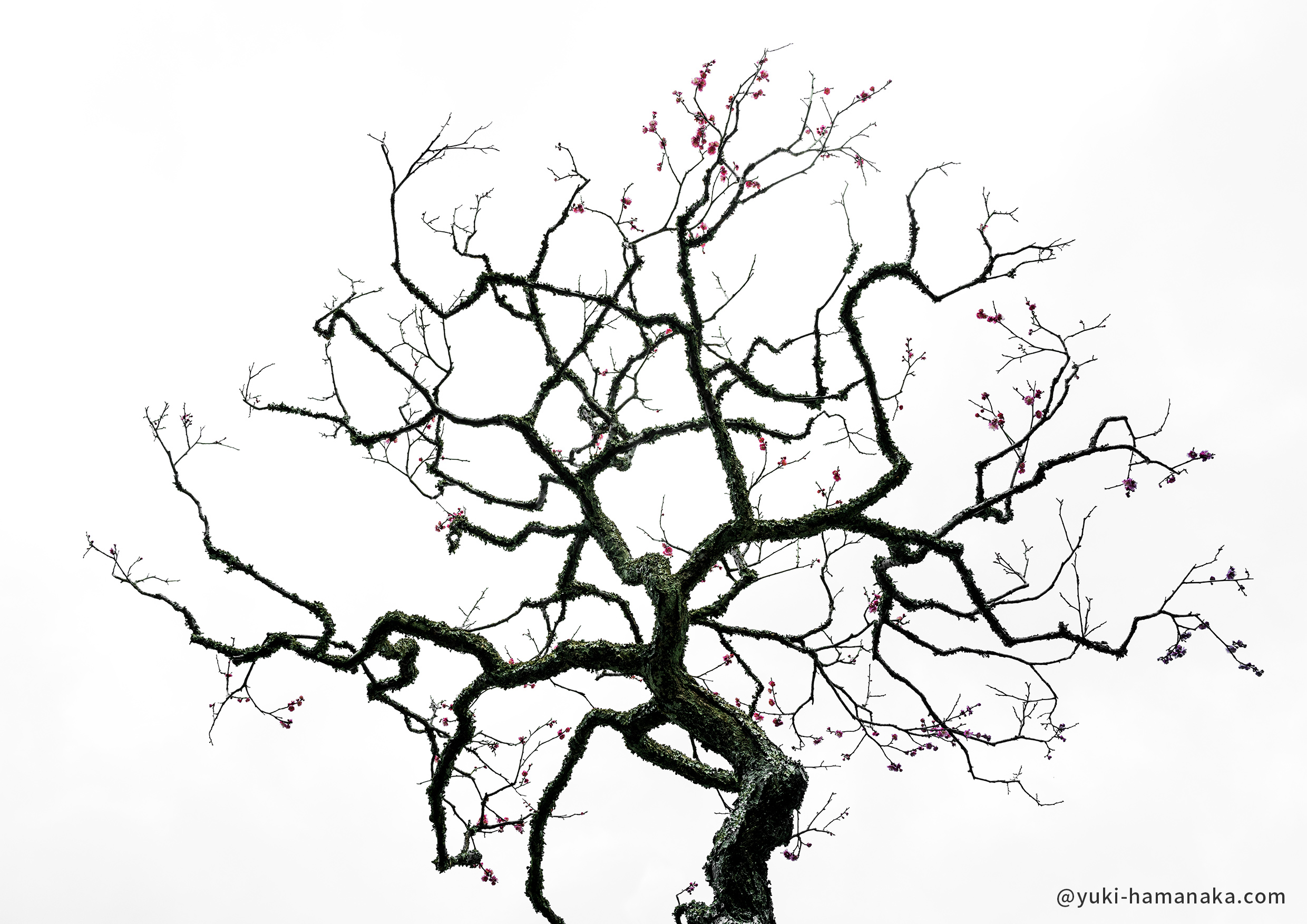
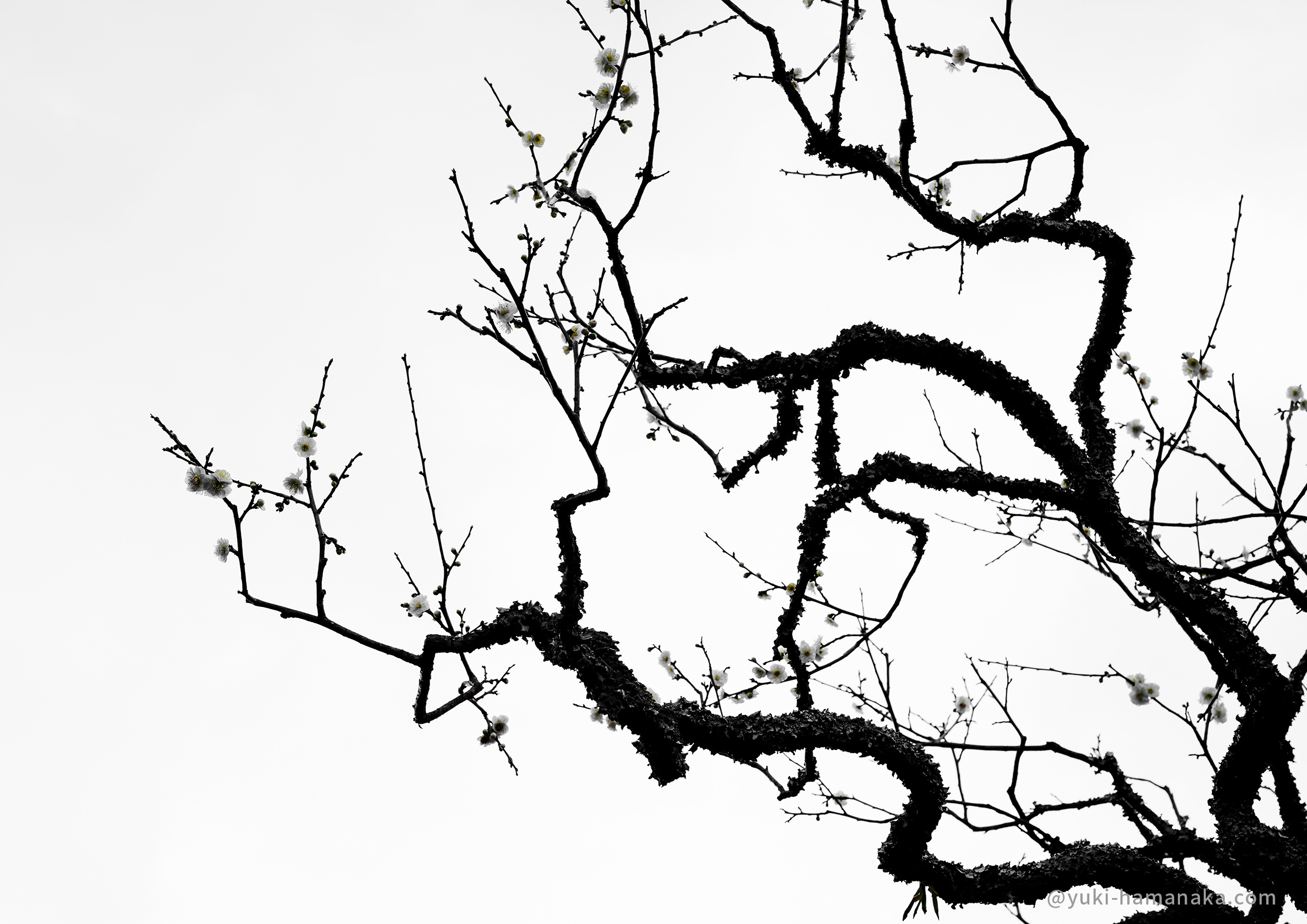
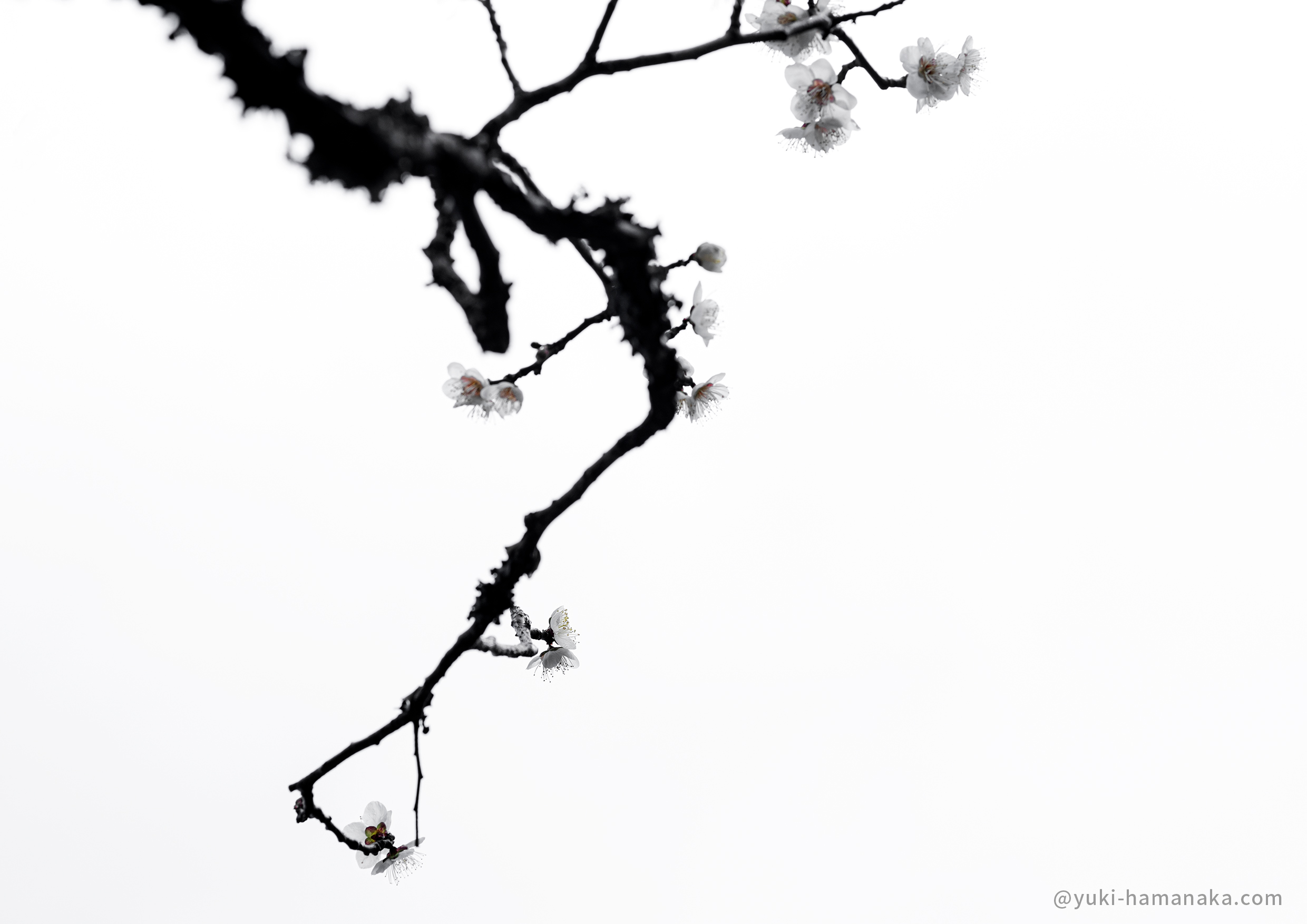
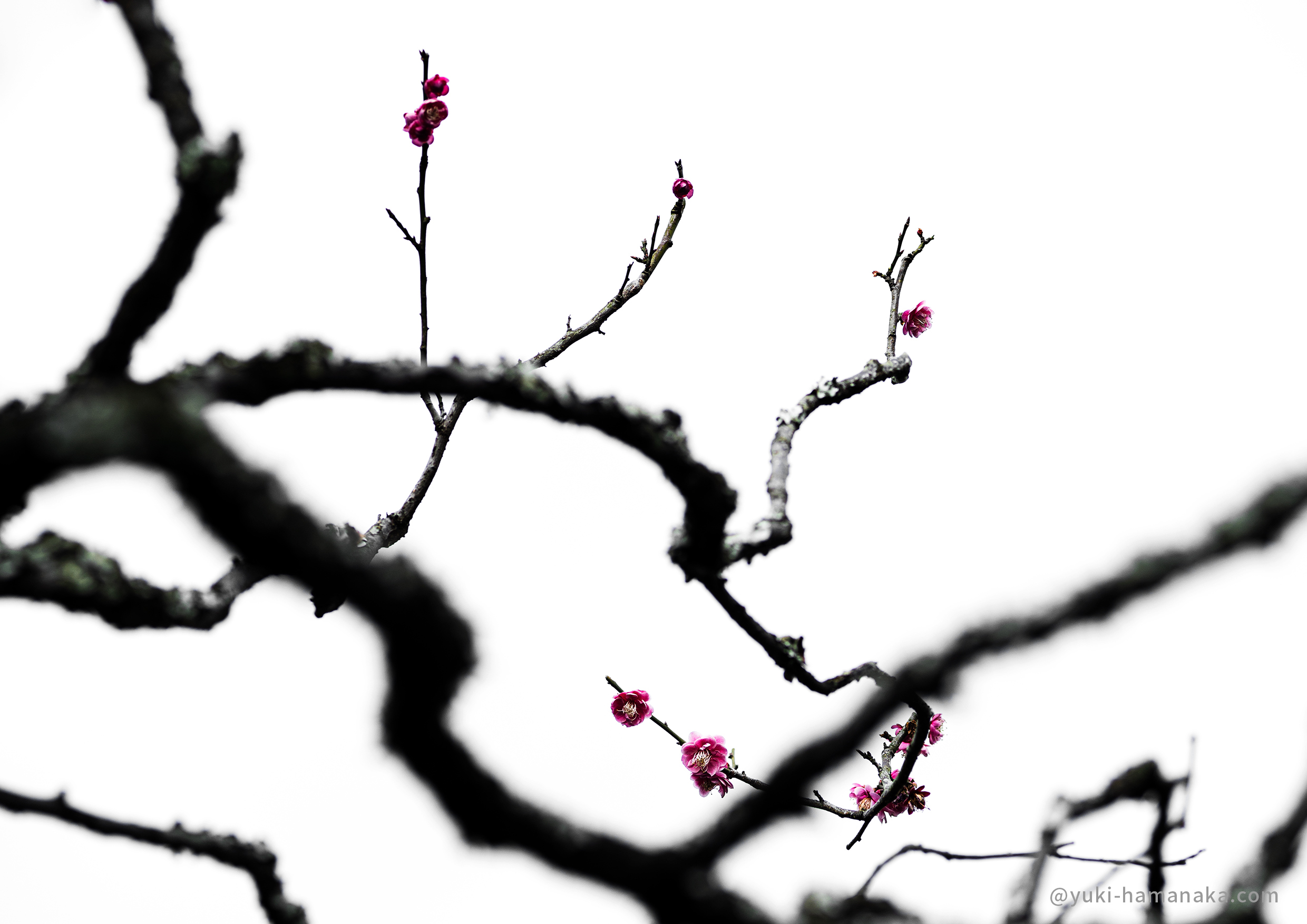
堺市 / Sakai
令和元年に大阪初の世界遺産となった、世界最大の墳墓である仁徳天皇陵古墳をはじめとする百舌鳥古墳群。
由緒ある多くの寺社、北旅籠町周辺の古い町並みや、千利休により大成された茶の湯の文化、刃物・線香・自転車などの
伝統産業といった豊かな歴史文化に恵まれています。
鎌倉時代には漁港として発達し、その後西日本の海運の拠点として発展。
そして戦国時代、堺は貿易港として黄金の時代を迎えます。この時代、堺は、対明貿易や南蛮貿易など海外との交流拠点として発展しました。
当時の堺は世界でも珍しい環濠都市を形成し、自治都市として繁栄しました。
明治以後、近代工業の発展、人口の増大、市域の拡大、交通の発達など、急速に近代化が進み、今日も力強い発展を続けています。
The Mozu Tombs, including the Nintoku Emperor’s Mausoleum,
which became the first World Heritage Site in Osaka in the first year of Reiwa, is the world’s largest tomb.
Many historical temples and shrines, the old streets around Kitahatagocho,
the culture of tea ceremony created by Sen no Rikyu, cutlery, incense sticks, bicycles, etc.
It is blessed with a rich historical culture such as traditional industries.
It developed as a fishing port during the Kamakura period, and later developed as a shipping hub for western Japan.
And during the Warring States period, Sakai will enter a golden age as a trading port.
During this period, Sakai developed as a base for exchanges with foreign countries such as trade with Ming and Nanban trade.
Sakai at that time formed a moat city, which is rare in the world, and prospered as an autonomous city.
Since the Meiji era, modernization has progressed rapidly due to the development of modern industry, population growth, expansion of city areas, development of transportation, etc., and it continues to develop strongly today.
引用元:堺観光コンベンション協会 https://www.sakai-tcb.or.jp/
翻訳:Google翻訳
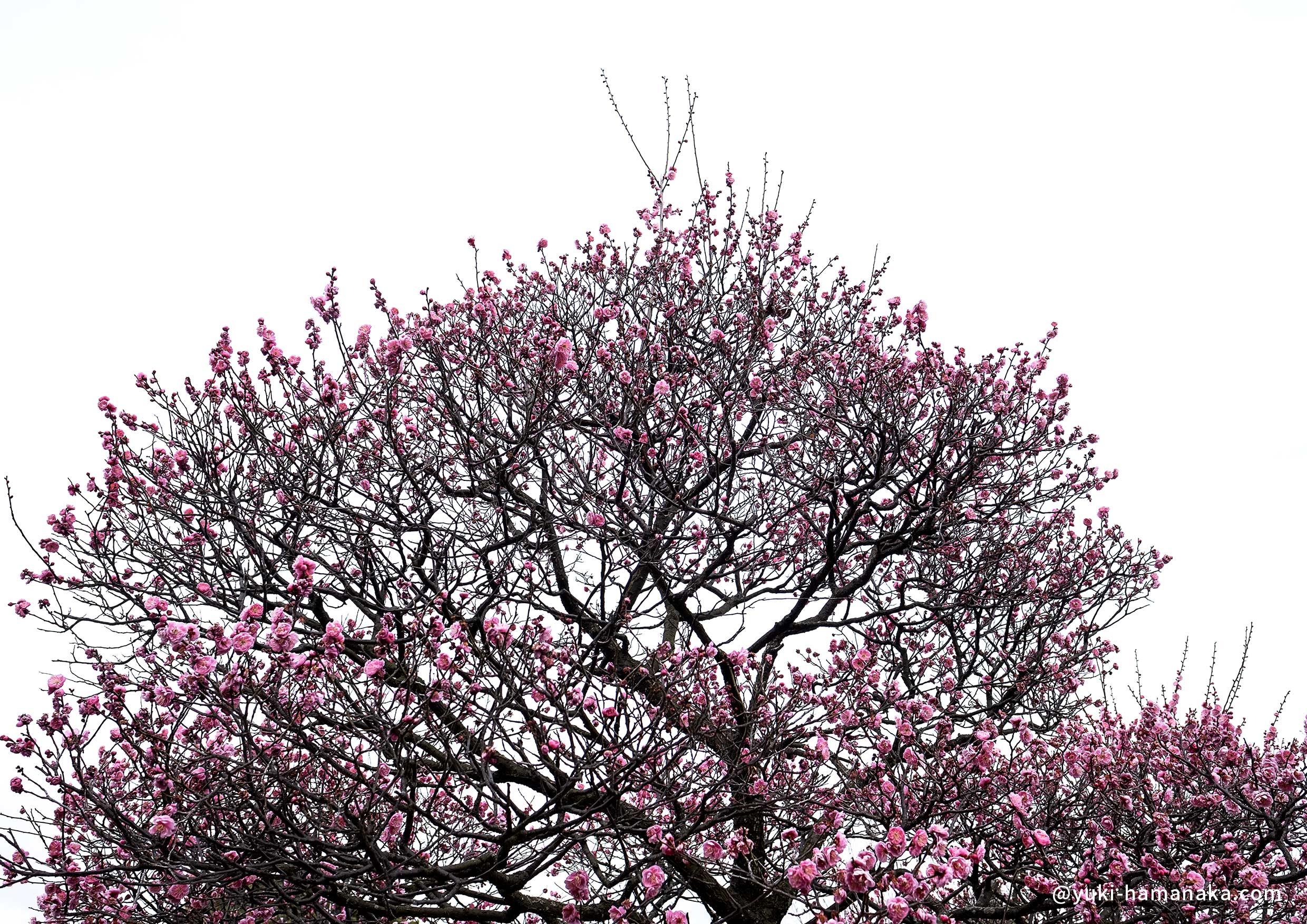
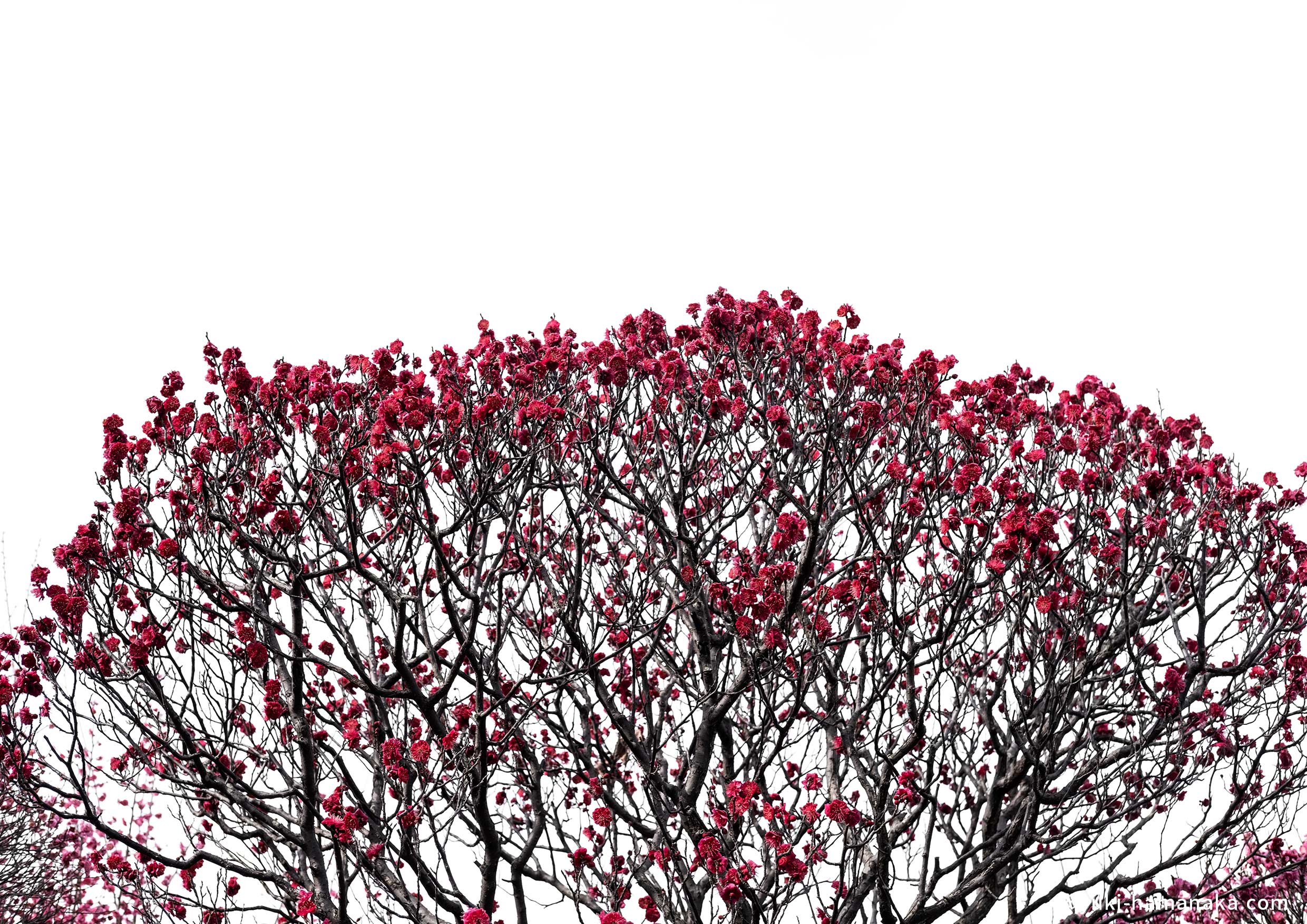
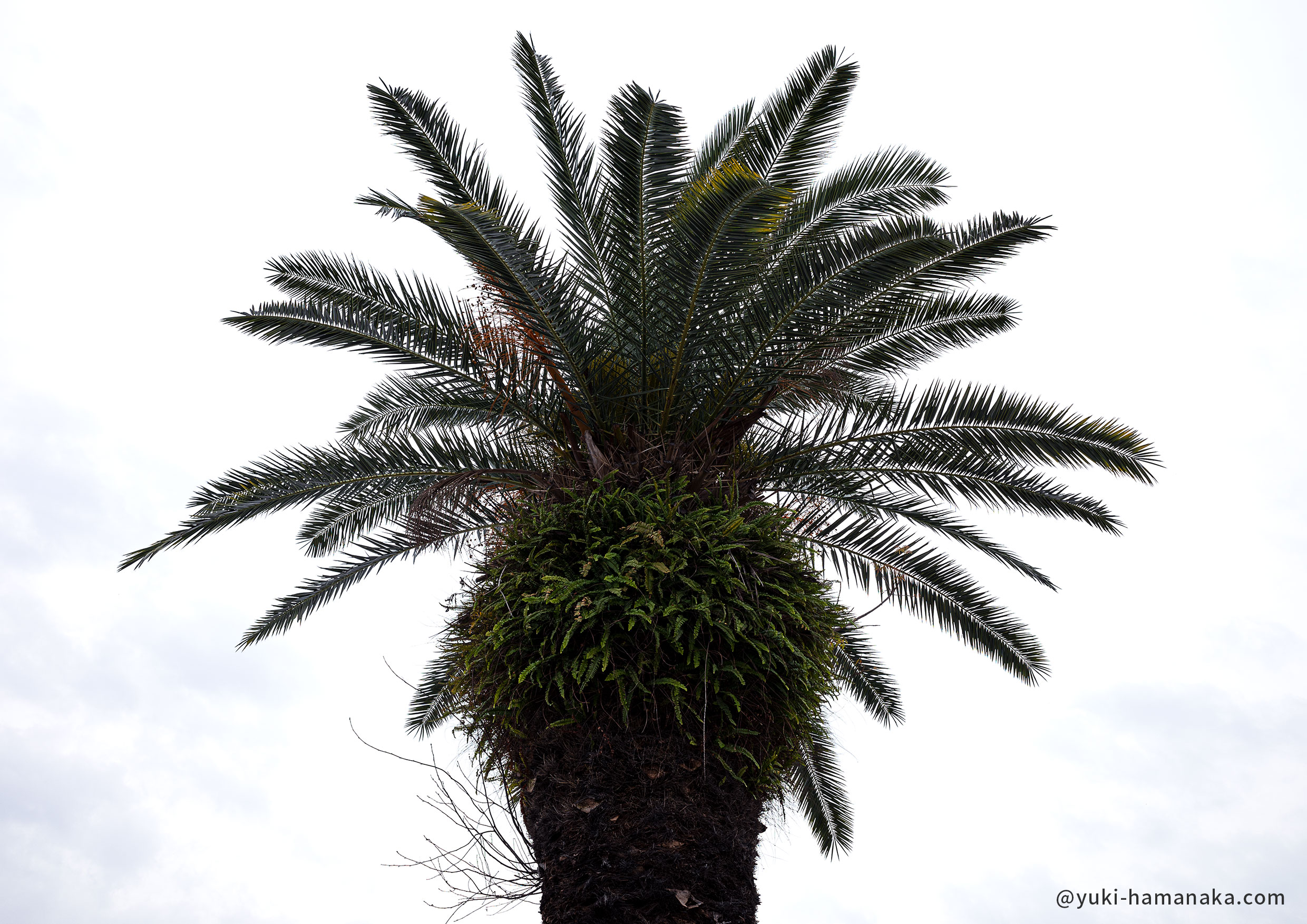
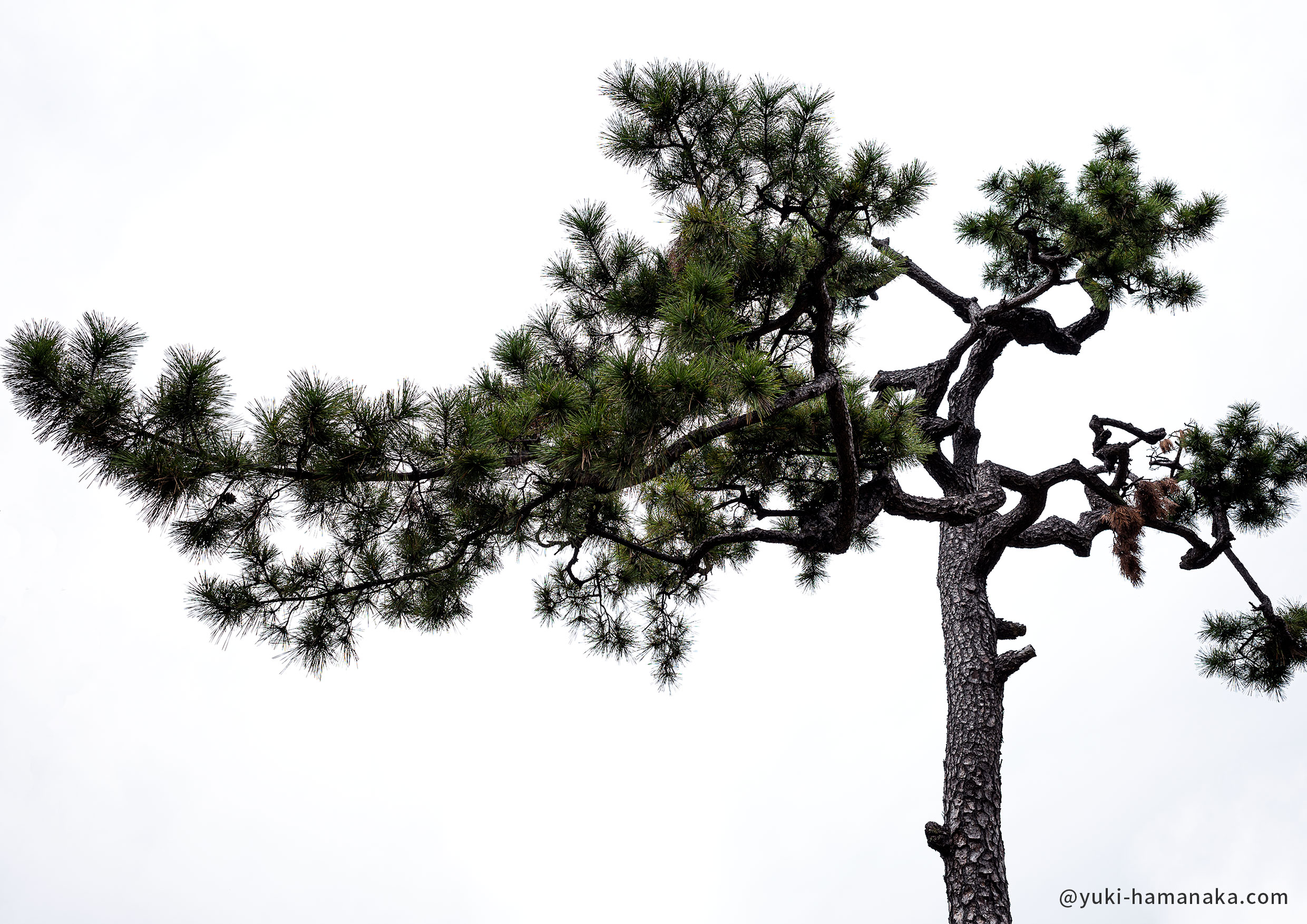
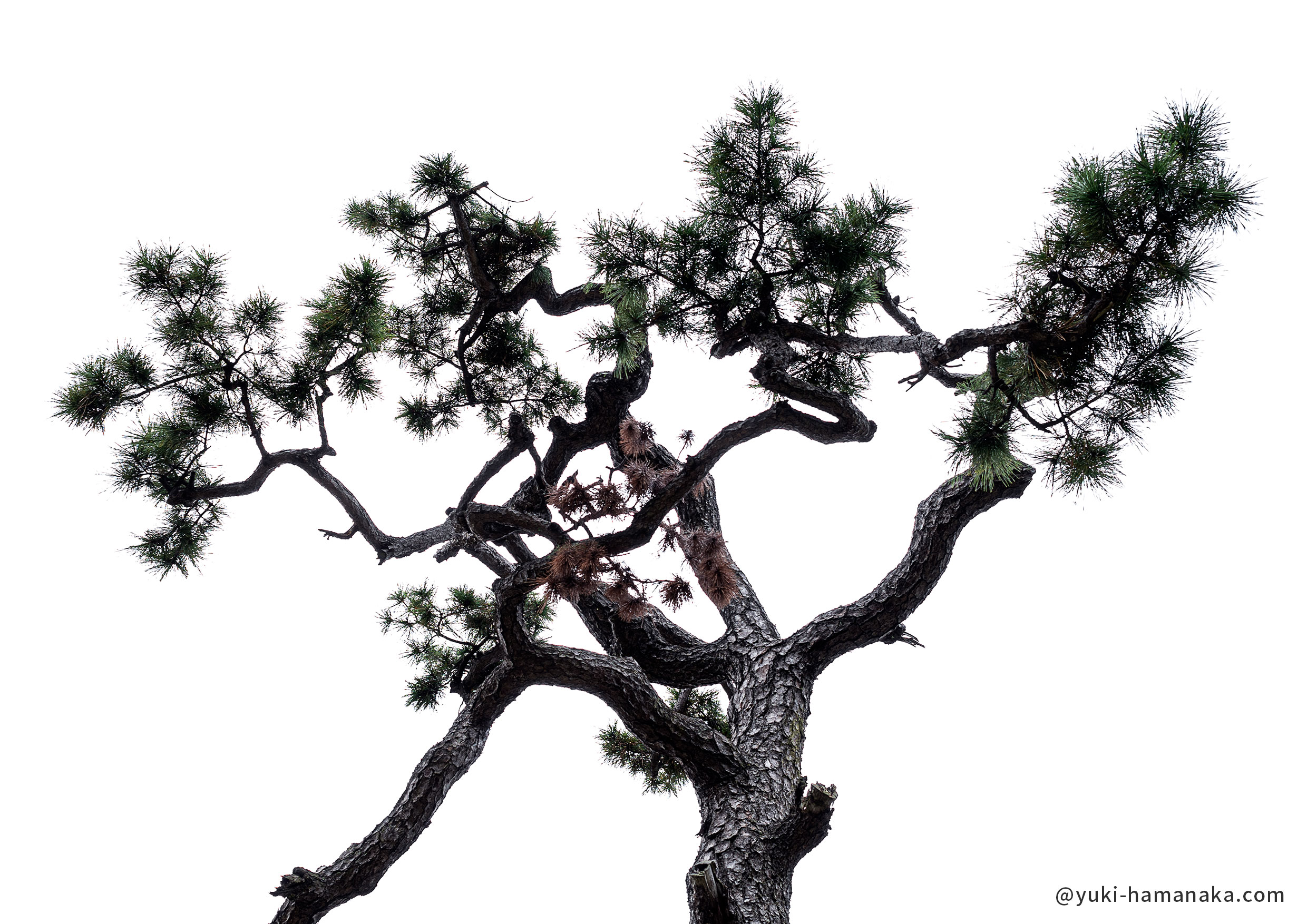
橿原市 / Kashihara
奈良県北西部、奈良盆地南部にある都市。
市内には縄文時代の橿原遺跡、神武(じんむ)天皇を祀(まつ)る橿原神宮など天皇陵に指定される古墳などの旧跡が多く、
6~7世紀の古代国家成立期の政治、文化の中心地であったことを物語る。
A city in the northwestern part of Nara Prefecture, in the southern part of the Nara Basin.
In the city, there are many historic sites such as the Kashihara ruins of the Jomon period,
the Kashihara Jingu that enshrines Emperor Jimmu, and other ancient tombs designated as emperor’s tombs.
It tells us that it was the center of politics and culture during the establishment of the ancient nation in the 6th and 7th centuries.
引用元:コトバンク https://kotobank.jp/
翻訳:Google翻訳
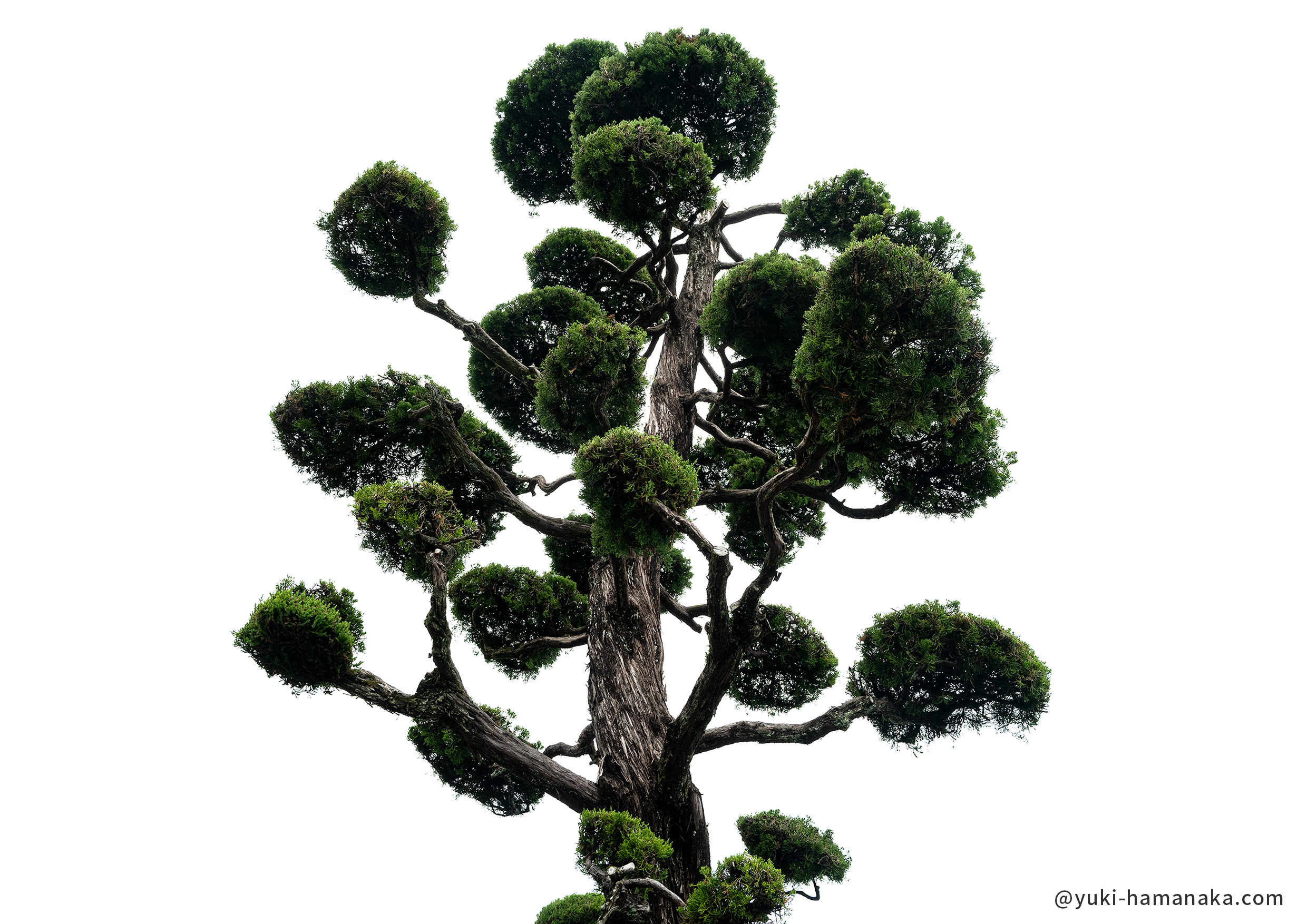
大津市 / Otsu
滋賀県南西部,琵琶湖南西岸に広がる市。
天智6(667)年天智天皇が近江大津宮を造営して遷都。その所在地は西部の南滋賀付近と推定されている。
延暦寺,日吉大社,園城寺,石山寺,近江神宮,建部神社など由緒ある社寺があり,多くの史跡,名勝,文化財をもつ。比叡山,堅田,瀬田などの景勝地も多く,近江八景のうち七つが含まれる。
The city stretches along the southwestern shore of Lake Biwa in the southwestern part of Shiga Prefecture.
In 667, Emperor Tenchi built the Omi-Otsu Palace and relocated the capital. Its location is estimated to be in the vicinity of Minami-Shiga in the western part of the prefecture.
The city is home to Enryakuji Temple, Hiyoshi Taisha Shrine, Sonjoji Temple, Ishiyamaji Temple, Omi Jingu Shrine, Kenbe Shrine, and many other historic sites, scenic spots, and cultural assets. There are also many scenic spots such as Hieizan, Katada, and Seta, and seven of the eight scenic views of Omi are included in the list.
引用元:コトバンク https://kotobank.jp/
翻訳:DeepL翻訳
